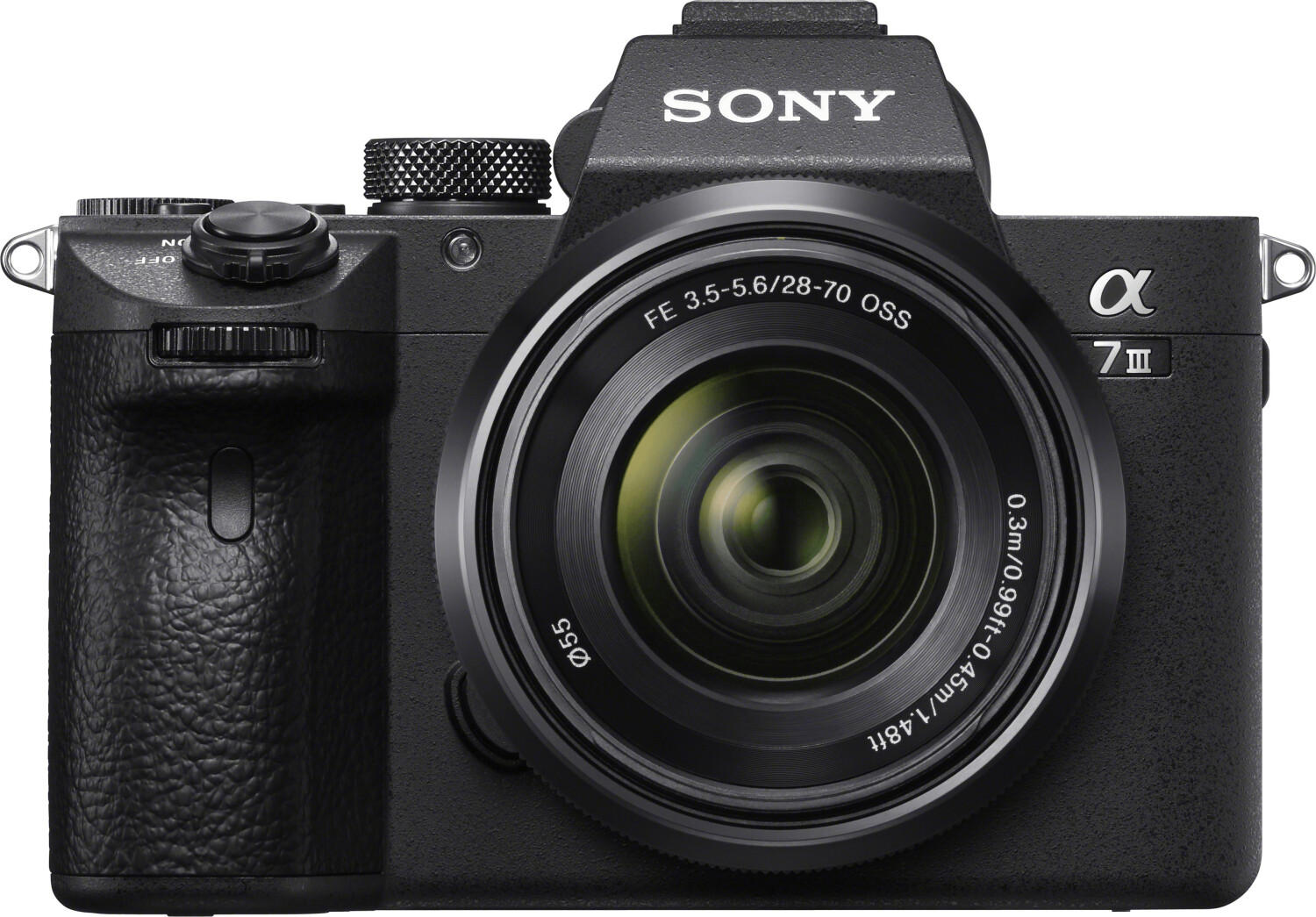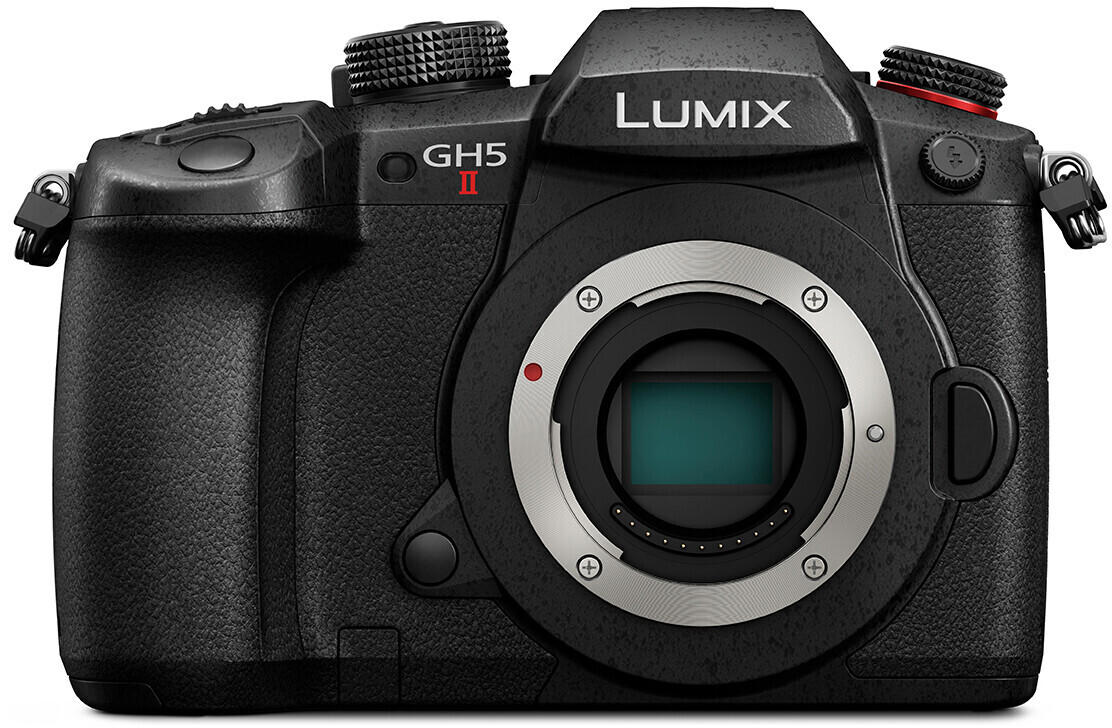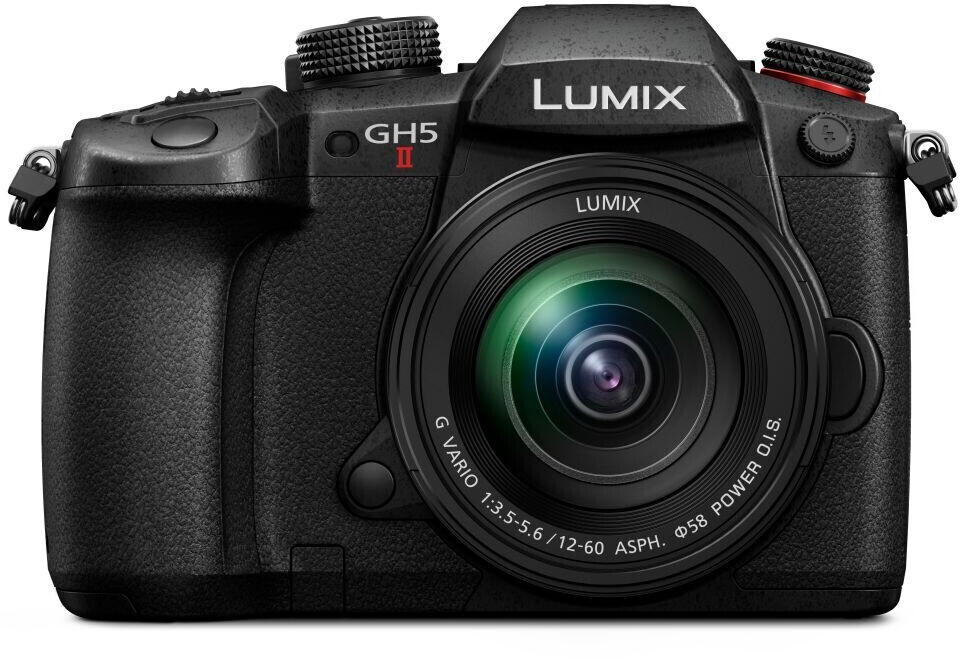Digital Cameras Guide
Megapixels
Megapixels determine the resolution of the images you can capture, meaning a higher number of megapixels results in sharper and more detailed photos. While cameras with lower megapixels are great for casual everyday use, if you're looking to print or enlarge your pictures, it's best to opt for a higher megapixel count. Some highly recommended digital cameras with impressive megapixel counts include the Canon PowerShot SX740 HS and the Sony Cyber-shot DSC-RX100 VII. The Canon PowerShot SX740 HS features a 20.3-megapixel sensor, while the Sony Cyber-shot DSC-RX100 VII boasts a remarkable 20.1-megapixel sensor, ensuring beautiful and crisp images regardless of the lighting conditions.
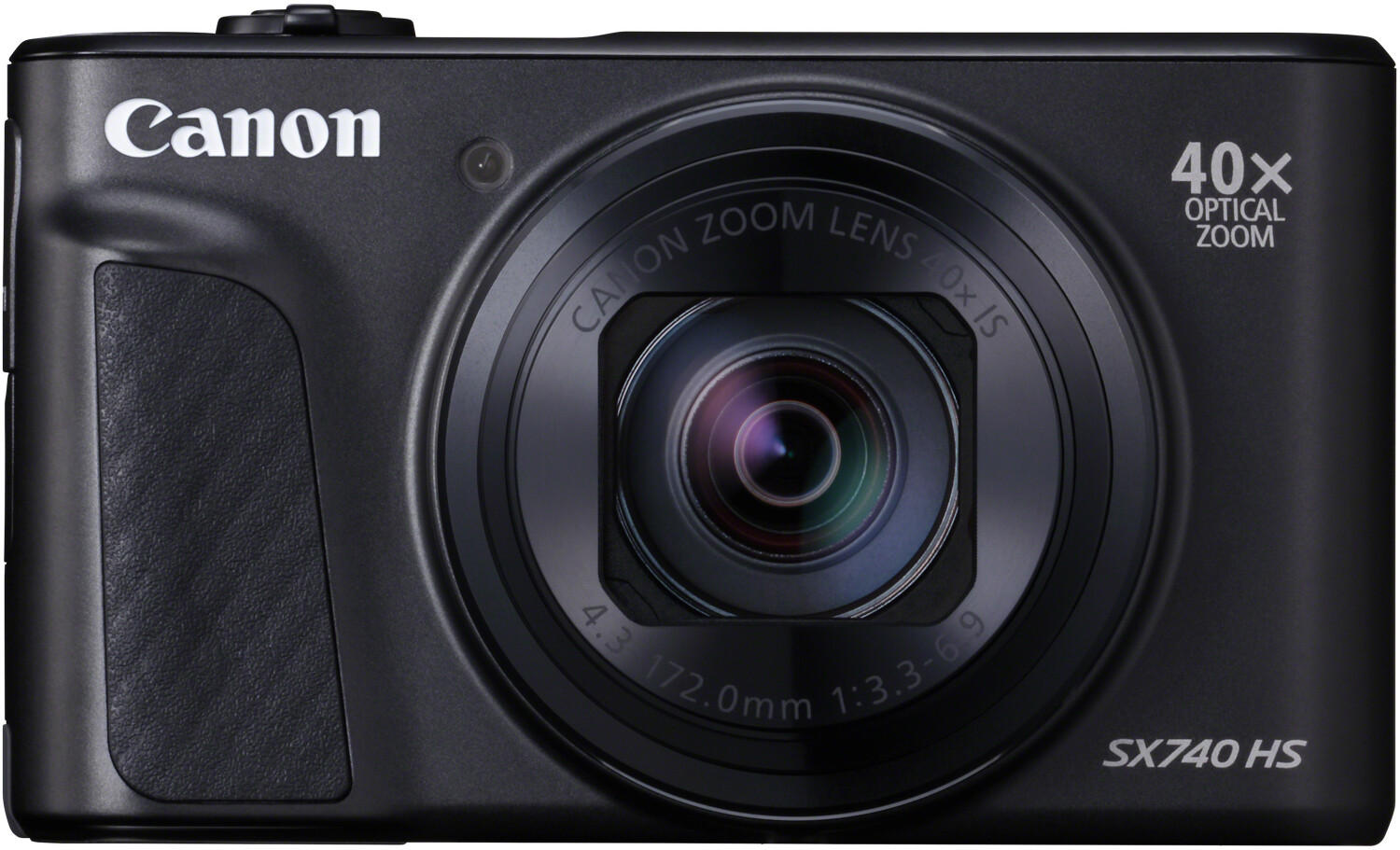
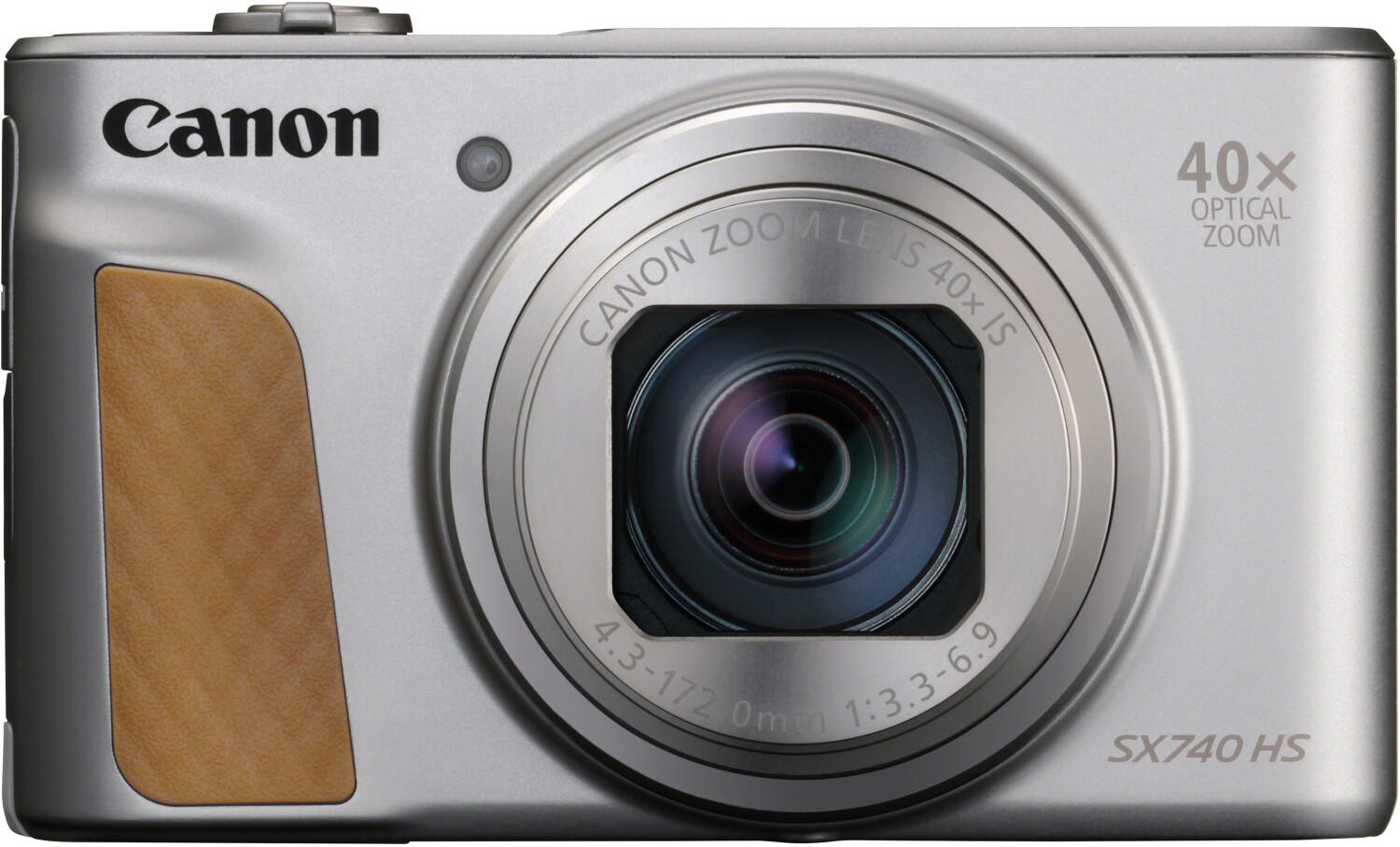

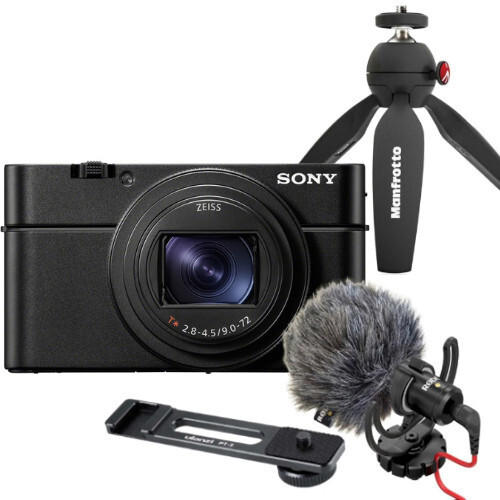
Sensor size
The sensor is the electronic component that captures light and turns it into a digital image. A larger sensor generally allows for better image quality, especially in low-light conditions and creates a shallow depth of field, which is perfect for portrait photography. For example, the Sony Alpha a7R IV boasts a massive 35mm full-frame sensor, providing outstanding image quality and low-light performance. Alternatively, if you're looking for a compact camera, the Canon PowerShot G7 X Mark III features a 1-inch sensor, delivering impressive detail and dynamic range in a small and lightweight package. Keep in mind that while larger sensors generally mean better image quality, they also come with weight and size trade-offs, depending on your photography needs.

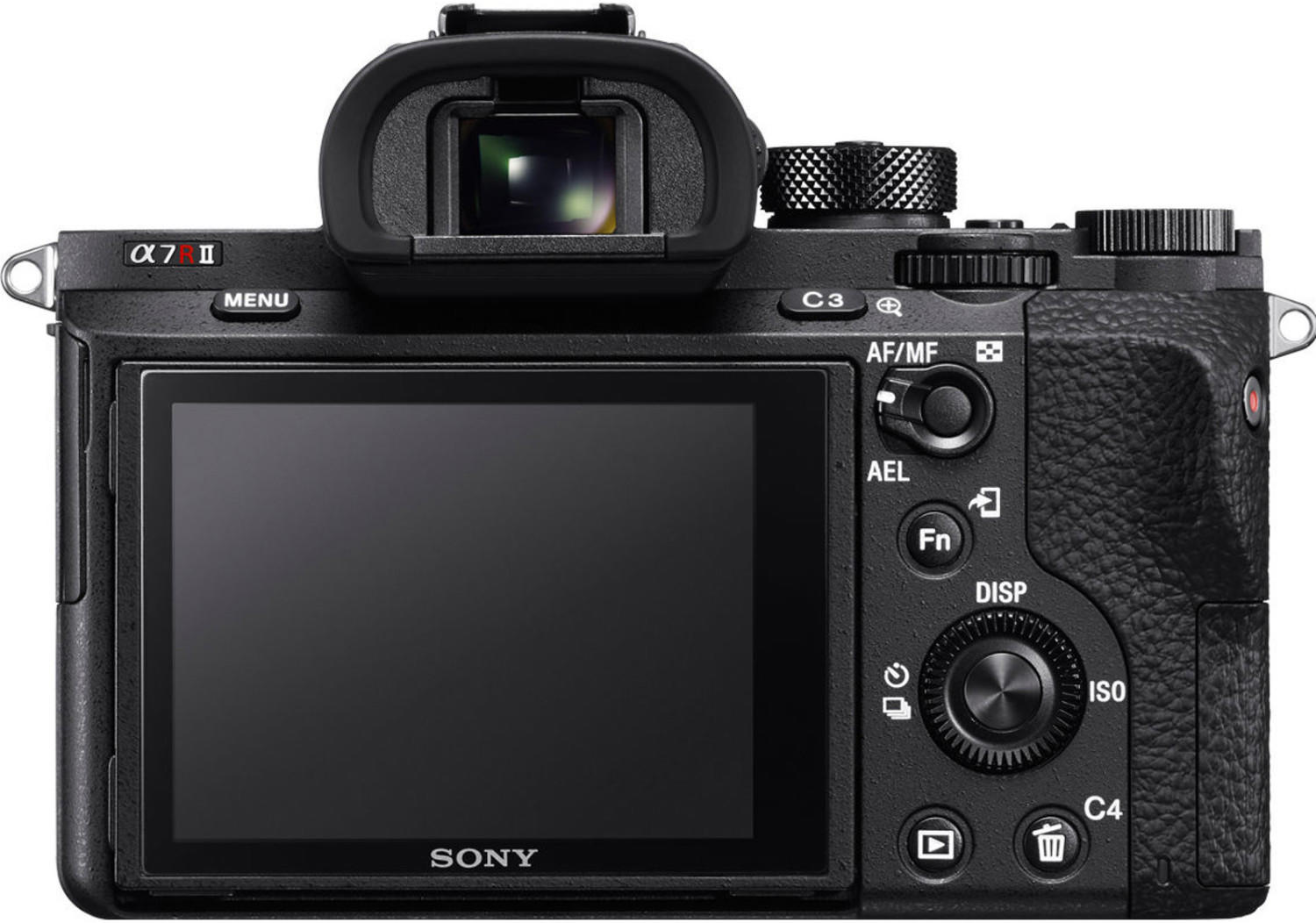
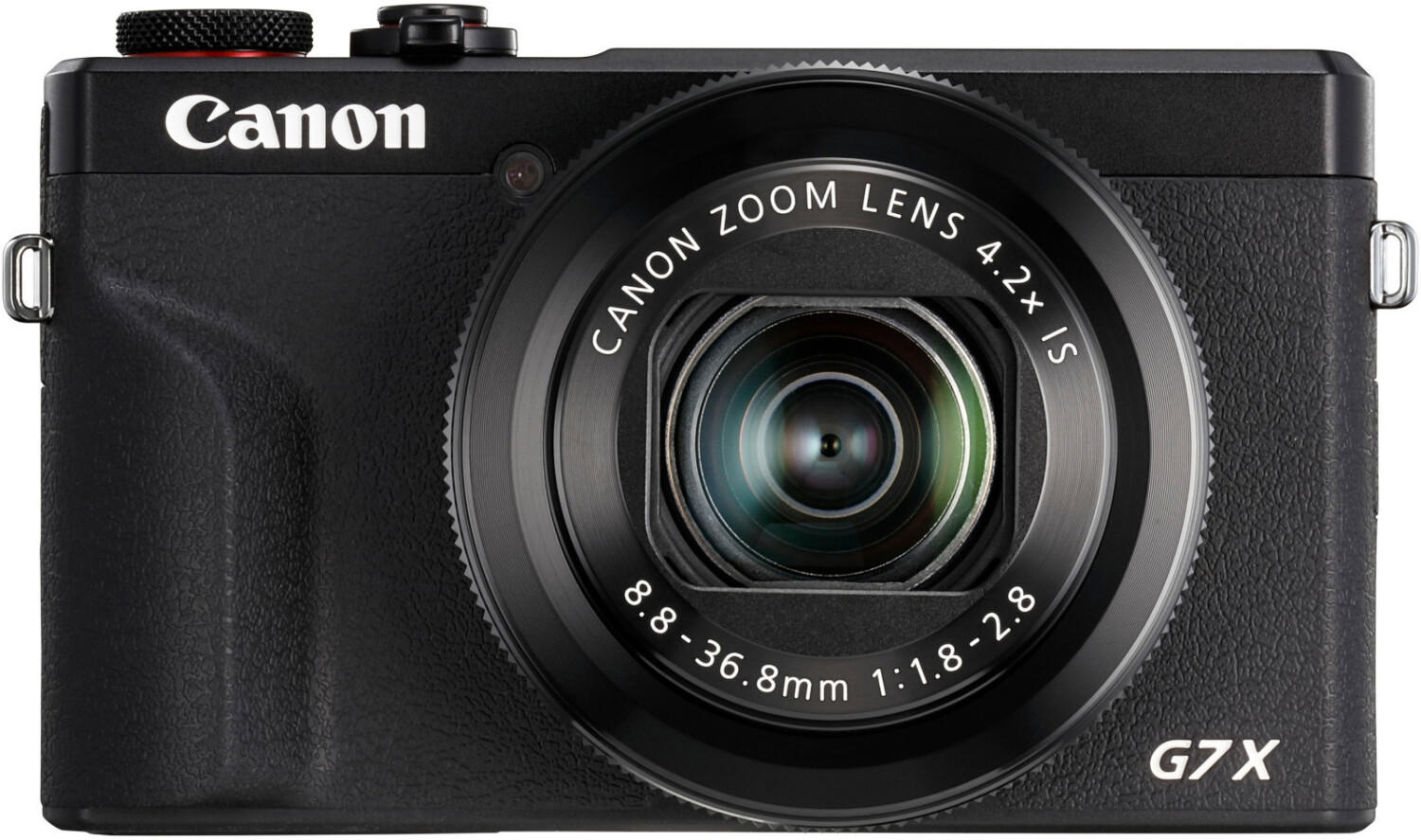
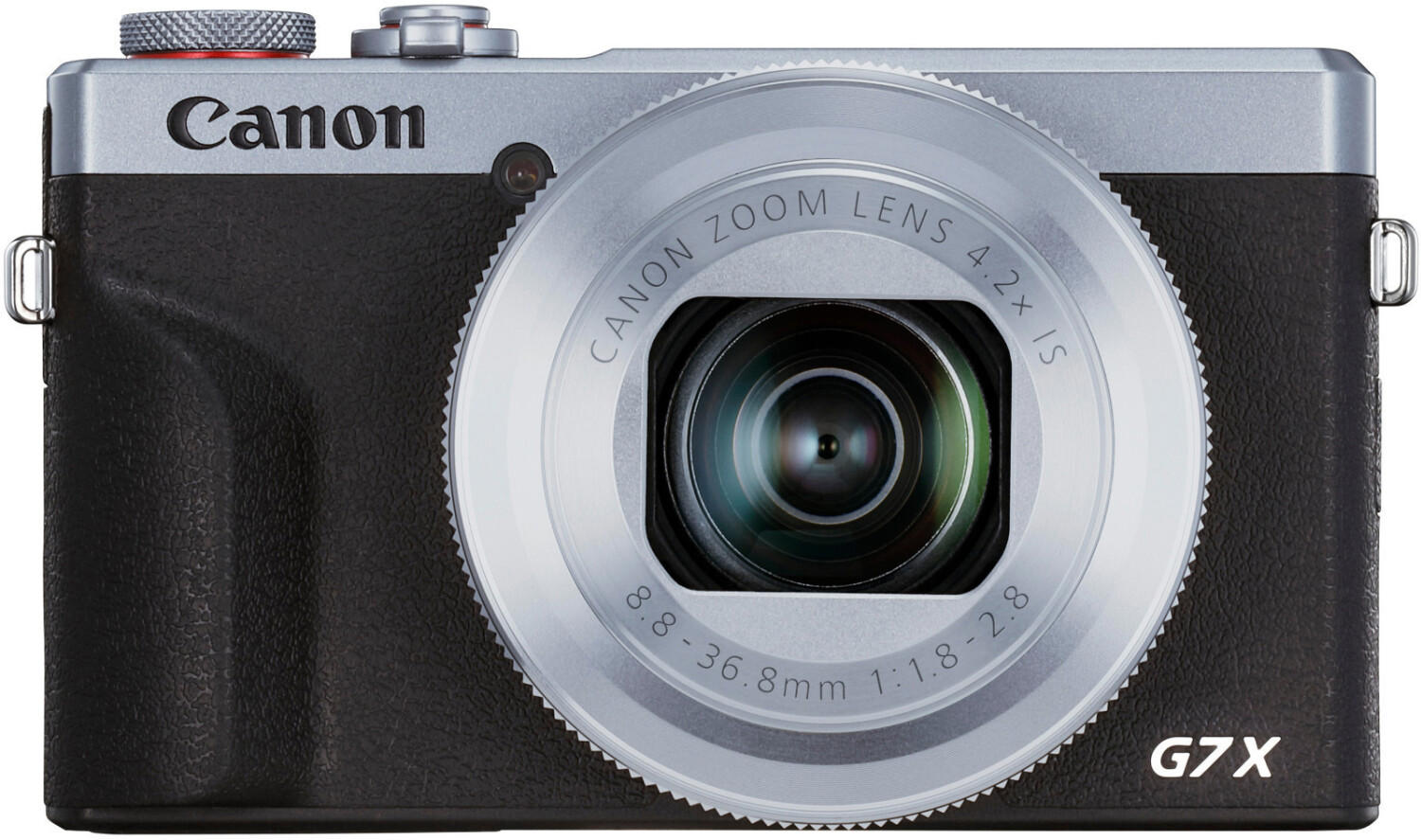
Image stabilization
Image stabilization refers to a camera's ability to reduce the effects of camera shake, resulting in sharper and clearer images. Optical image stabilization (OIS) is a common technology used in digital cameras. This feature involves the use of lens elements that move to counteract camera movement. For those interested in compact point-and-shoot cameras, the Sony RX100 VII is a popular choice with built-in optical image stabilization. This advanced camera boasts a 1-inch Exmor RS CMOS sensor, fast autofocus, and an impressive 24-200mm zoom range. In the mirrorless camera category, the Fujifilm X-T4 is known for its exceptional image stabilization capabilities. It utilizes a 5-axis in-body image stabilization (IBIS) system, ensuring steady shots even in challenging environments.


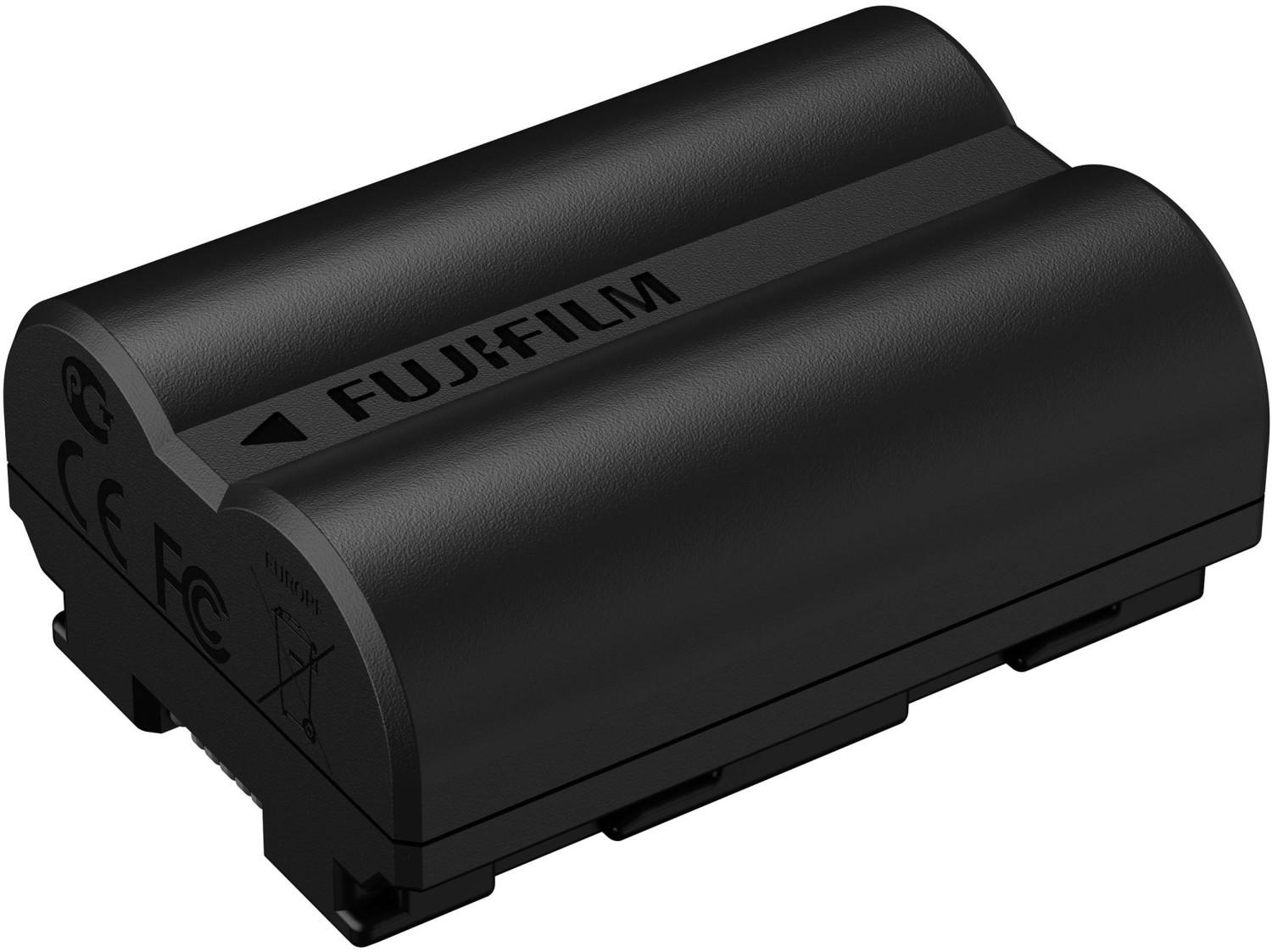
ISO range
The ISO range determines how sensitive the camera's sensor is to light, allowing you to capture photos in different lighting conditions. A camera with a wider ISO range gives you more flexibility to shoot in low light situations without sacrificing image quality.
For example, the Nikon D850 is a professional-grade DSLR camera that features an ISO range of 64-25600, expandable up to 102400. This wide ISO range ensures stunning image quality, even in challenging lighting conditions. Another great option is the Sony Alpha a7 III mirrorless camera, which offers an ISO range of 100-51200 and can be extended to 50-204800. This camera is perfect for capturing high-quality images in both well-lit and dimly lit environments. Other cameras with impressive ISO ranges include the Canon EOS RP (100-40000, expandable to 50-102400) and the Fujifilm X-T3 (160-12800, expandable to 80-51200). These cameras cater to different needs and budgets, providing users with a wide range of options to choose from based on their individual requirements.
Autofocus system
The autofocus system determines how fast and accurately the camera can focus on the subject. There are various types of autofocus systems available in digital cameras today, including contrast detection, phase detection, and hybrid autofocus.
One example of a digital camera with an advanced autofocus system is the Sony Alpha a6600. This camera features a high-performance autofocus system with 425 contrast-detection AF points and 425 phase-detection AF points, providing quick and accurate focusing. It also utilizes AI subject recognition to track and maintain focus on moving subjects.
For those interested in wildlife or sports photography, the Nikon D500 is worth considering. This camera incorporates an advanced Multi-CAM 20K autofocus system with 153 focus points, including 99 cross-type sensors. It offers excellent subject tracking performance and precise focusing, even in challenging lighting conditions.
If you're looking for a more affordable option, the Canon EOS Rebel T7i is a great choice. This camera features a 45-point all cross-type AF system, allowing for fast and precise autofocus capabilities. It also includes a Dual Pixel CMOS AF technology, which provides smooth and accurate focusing during live view and video recording.
When selecting the best and right digital camera, consider opting for models like the Sony Alpha a6600, Nikon D500, or Canon EOS Rebel T71 that offer advanced autofocus systems and features suitable for your specific photography needs.

Burst shooting speed
This specification determines how many frames per second a camera can capture in continuous shooting mode. For enthusiasts or professionals in need of capturing fast-paced moments, a minimum of 5 frames per second is recommended. The Canon EOS 90D offers an impressive burst shooting speed of up to 10 frames per second, thanks to its DIGIC 8 image processor and 32.5-megapixel APS-C CMOS sensor. Another excellent option is the Nikon D780, which boasts a 7 frames per second burst mode and features a 24.5-megapixel CMOS sensor, providing outstanding image quality.
For more advanced photographers looking for even higher burst shooting speeds, the market offers specialized options. The Sony Alpha A9 II is a mirrorless camera specifically designed for professional sports and action. It features an astonishing 20 frames per second continuous shooting speed thanks to its advanced BIONZ X image processor and 24.2-megapixel full-frame sensor. Another notable contender is the Canon EOS-1D X Mark III, a flagship DSLR camera that excels in speed, providing a mind-blowing 16 frames per second burst shooting capability. This robust camera incorporates a 20.1-megapixel full-frame CMOS sensor and Canon's Dual DIGIC 6 image processors, ensuring exceptional performance even in challenging shooting scenarios.
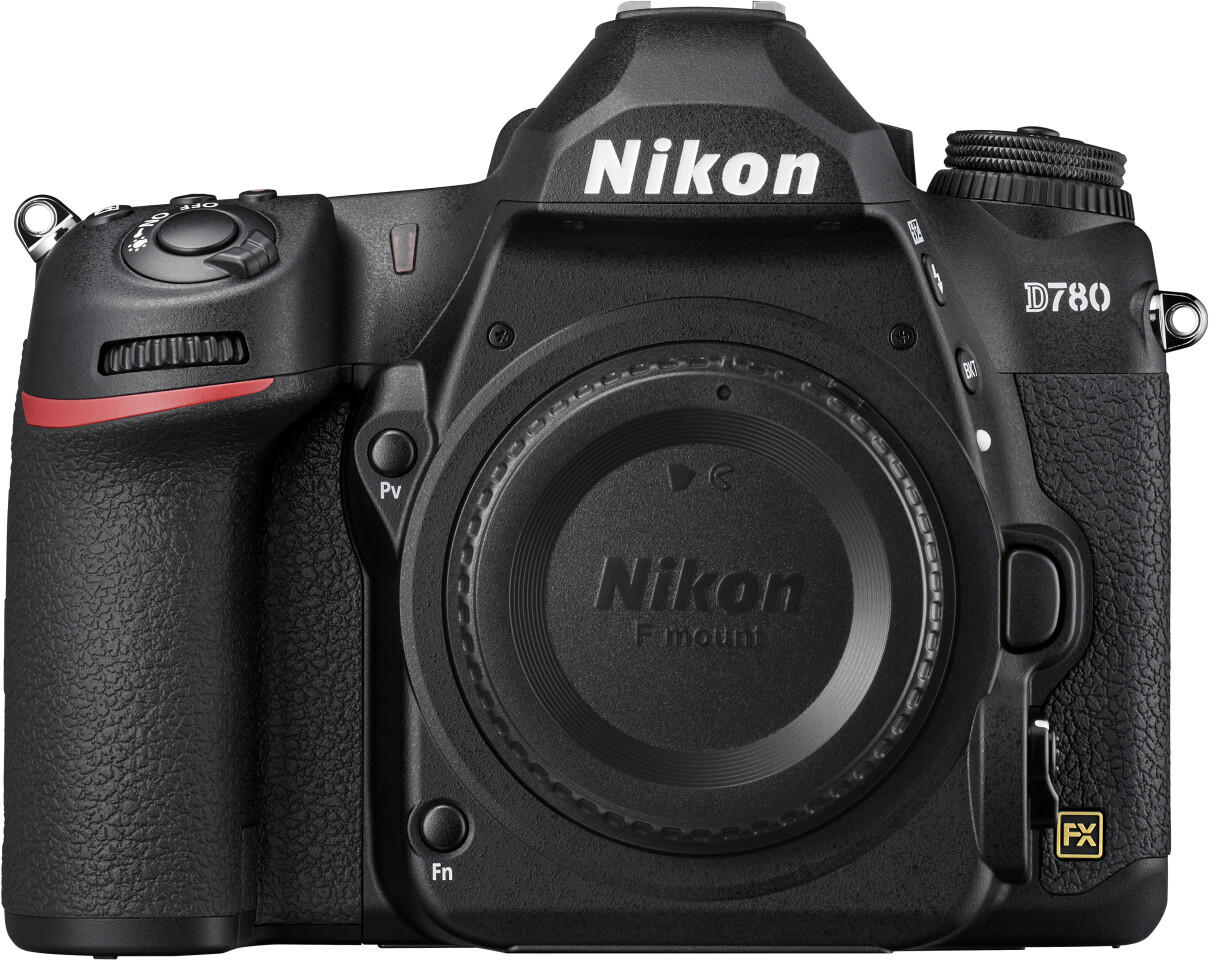
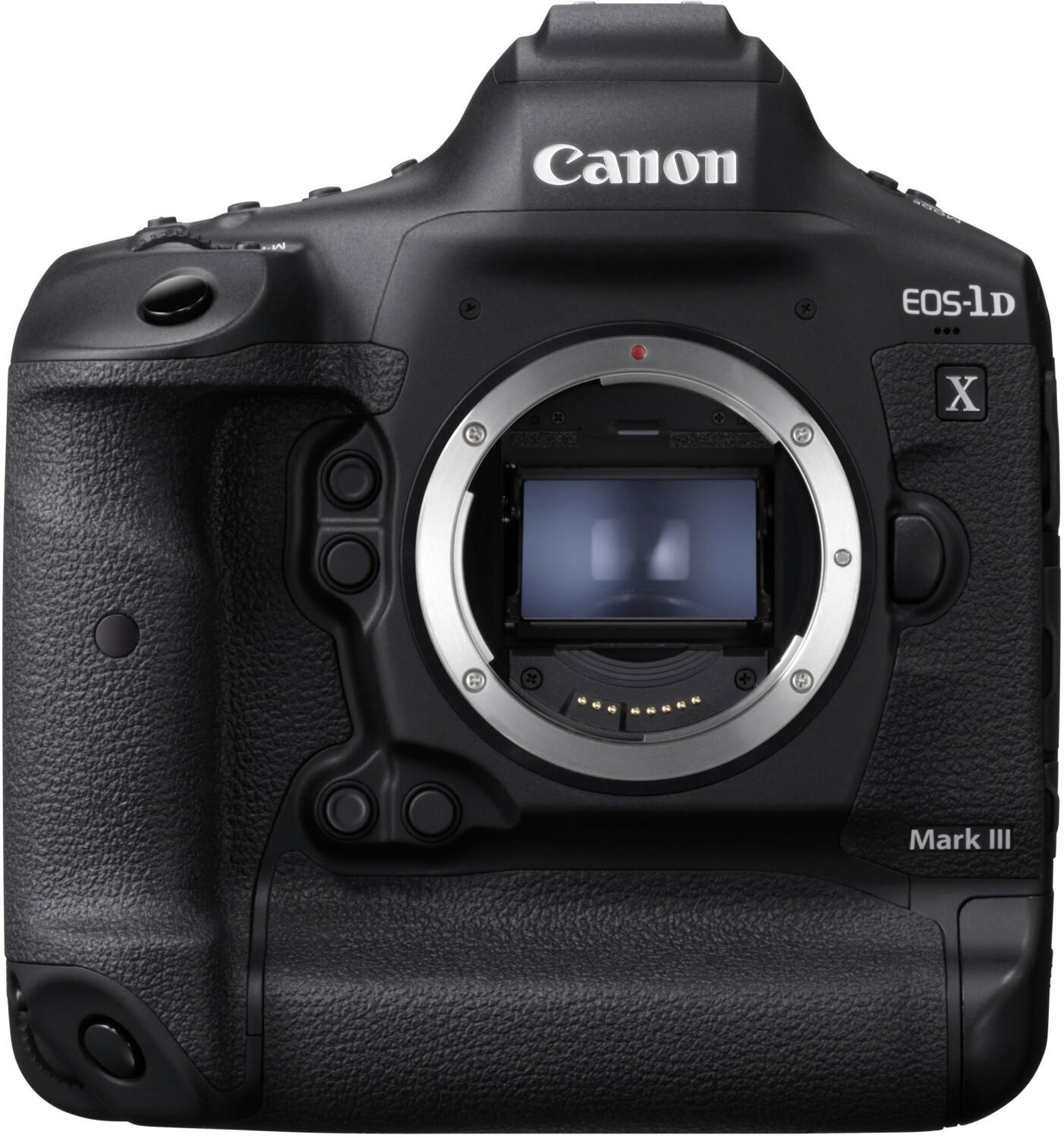
Video resolution
Video resolution refers to the number of pixels captured in each frame and is key to determining the clarity and quality of your videos. Higher resolution cameras produce videos with more detail and sharpness. For those looking for professional-grade video recording, cameras like the Sony A7S III and the Canon EOS R5 are leading the pack. These cameras offer 4K and even 8K video capture capabilities, ensuring incredibly high-resolution videos with stunning clarity and detail. On the other hand, for everyday use and casual shooting, cameras like the Sony Cyber-shot RX100 VII and the Canon PowerShot G7 X Mark III are excellent choices, both providing 4K resolution for impressive video quality.



Lens options
One popular option is the Canon EF-S 18-55mm f/3.5-5.6 IS II Lens, which offers versatile zoom capabilities and image stabilization to minimize blur. Another robust choice is the Nikon AF- S DX NIKKOR 55-300mm f/4.5-5.6G ED VR Lens which provides an impressive zoom range for wildlife and sports photography as well as vibration reduction technology.
There are also specialized lens options available, such as Tamron SP 90mm f/2.8 Di VC USD Macro Lens, which is designed for macro photography with a true 1:1 magnification ratio. For those interested in portrait photography, the Sony FE 85mm f/1.4 GM Lens offers a wide aperture for beautiful bokeh effects and excellent low light performance.
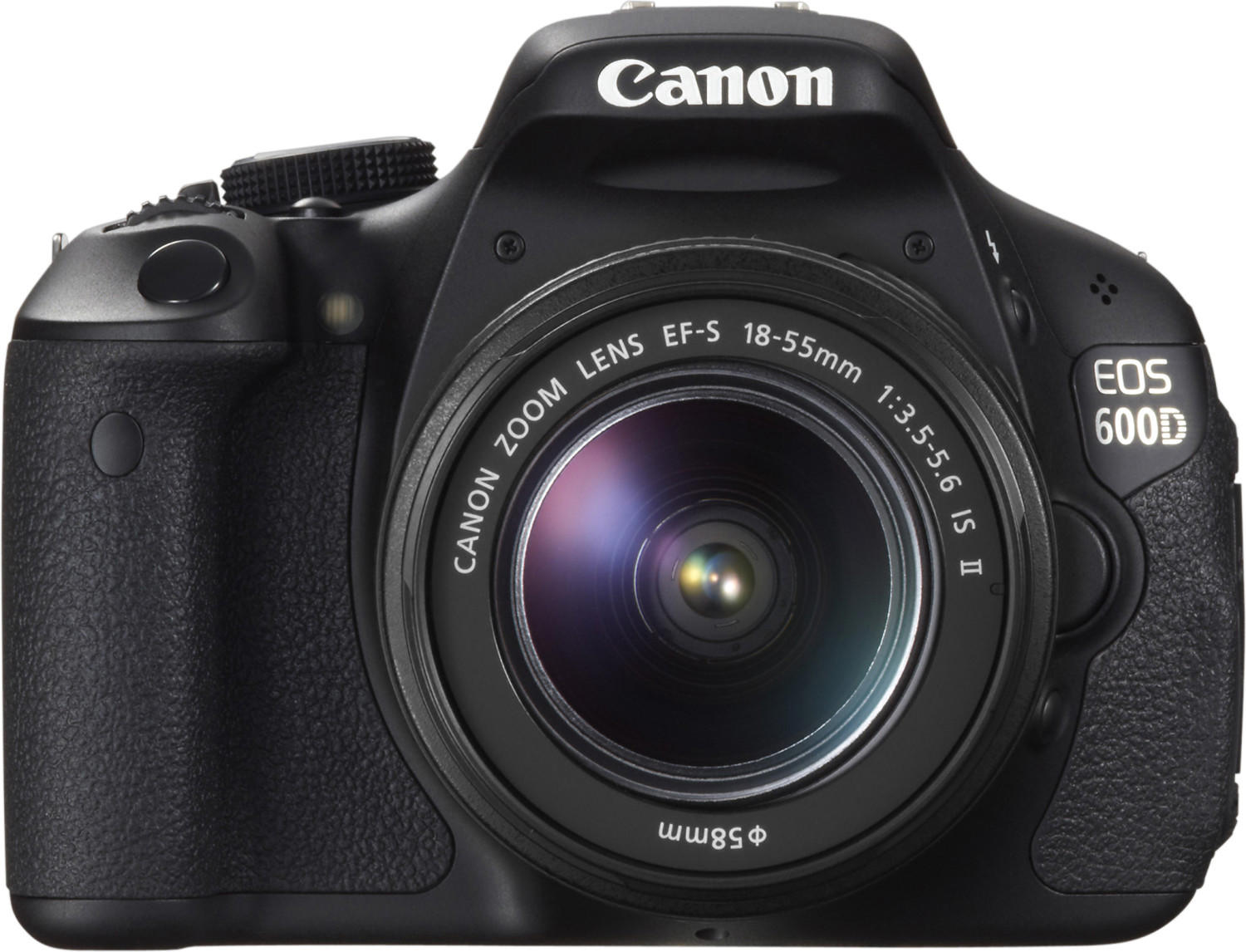
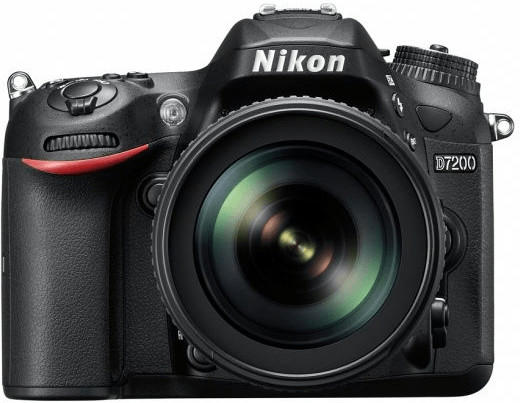
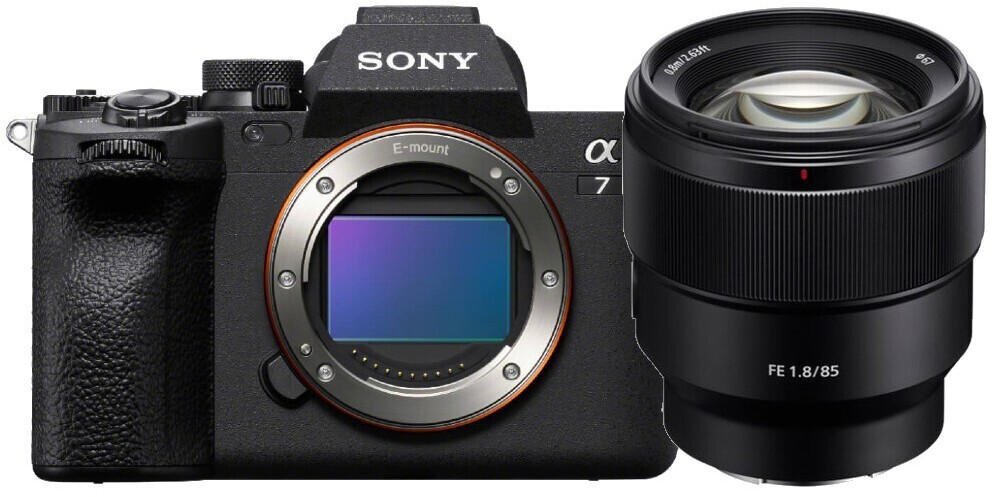
In summary, when it comes to lens options, consider factors such as zoom capabilities, image stabilization, aperture, and specialization for specific types of photography. You can find a wide range of lenses on the market to cater to your specific needs and preferences.
Zoom capabilities
Zoom determines how much closer you can get to your subjects without physically moving closer. Optical zoom is superior to digital zoom, as it provides better image quality. Look for cameras with higher optical zoom ranges, such as the Sony DSCWX350/B. This compact camera offers an impressive 20x optical zoom and a 40x Clear Image Zoom, allowing you to capture distant subjects with clarity. Another option is the Canon PowerShot SX530 HS, which boasts a 50x optical zoom lens and an Intelligent IS stabilization system for sharp photos and steady videos. For those seeking professional-level zoom capabilities, the Nikon COOLPIX P1000 stands out with a jaw-dropping 125x optical zoom, allowing you to capture shots from extreme distances.
Shutter speed range
The shutter speed range refers to the amount of time the camera's shutter stays open to allow light in. A wider range of shutter speed options allows for greater versatility in capturing various types of shots. For example, the Sony Alpha a6400 offers a shutter speed range of 30 seconds to 1/4000th of a second, allowing for long exposure night photography as well as freeze-frame action shots. Similarly, the Nikon D850 offers an impressive range of 30 seconds to 1/8000th of a second, giving you full control over exposure in any lighting situation. Other cameras with various shutter speed ranges include the Canon EOS 5D Mark IV and the Panasonic Lumix GH5. By considering the shutter speed range, you can find the right camera that will best suit your photography needs.
Manual controls
Manual controls allow photographers to have more creative control over the settings and customize their photos according to their preferences. Cameras with manual controls provide options to adjust aperture, shutter speed, ISO, and white balance, among others. For those seeking advanced manual controls, professional-level cameras such as the Nikon D850 and Canon EOS R5 are excellent options. These flagship cameras offer a wide array of manual controls that cater to professional photographers and enthusiasts who value precise control over their images. For intermediate photographers or those looking for a more affordable option, the Sony A6400 and Fujifilm X-T4 offer manual controls that strike a balance between usability and versatility, catering to a range of shooting styles and preferences.
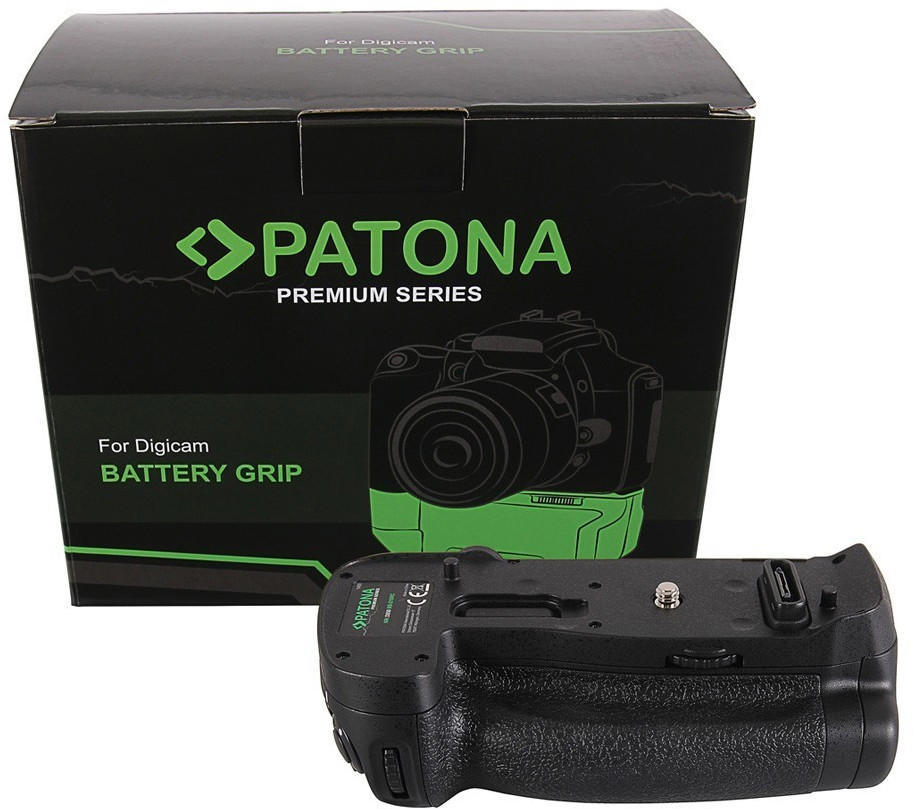

Viewfinder type
A viewfinder is the part of the camera that allows you to see the image you're capturing before pressing the shutter button. There are three types of viewfinders commonly found in digital cameras: optical, electronic, and hybrid.
An optical viewfinder is found in traditional DSLR cameras and offers a direct line of sight to the subject through the camera lens. This type of viewfinder provides a clear and bright view, without any lag or digital distortion. The Canon EOS 90D is a great example of a DSLR with an optical viewfinder, allowing photographers to experience the scene in real-time without any delay.
On the other hand, electronic viewfinders (EVF) use an LCD or OLED screen to provide a live preview of the image. This type of viewfinder presents the image digitally and can display various shooting parameters, such as exposure settings, white balance, and histogram. The Sony Alpha a7 III is an impressive mirrorless camera that features a high-resolution electronic viewfinder, providing a clear and detailed preview of the captured image.
Finally, a hybrid viewfinder combines both optical and electronic technologies to offer flexibility and convenience. The Fujifilm X100V is a well-regarded example within the world of mirrorless cameras that incorporates a unique hybrid viewfinder. This viewfinder allows photographers to switch between optical and electronic modes, capturing the advantages of both types.
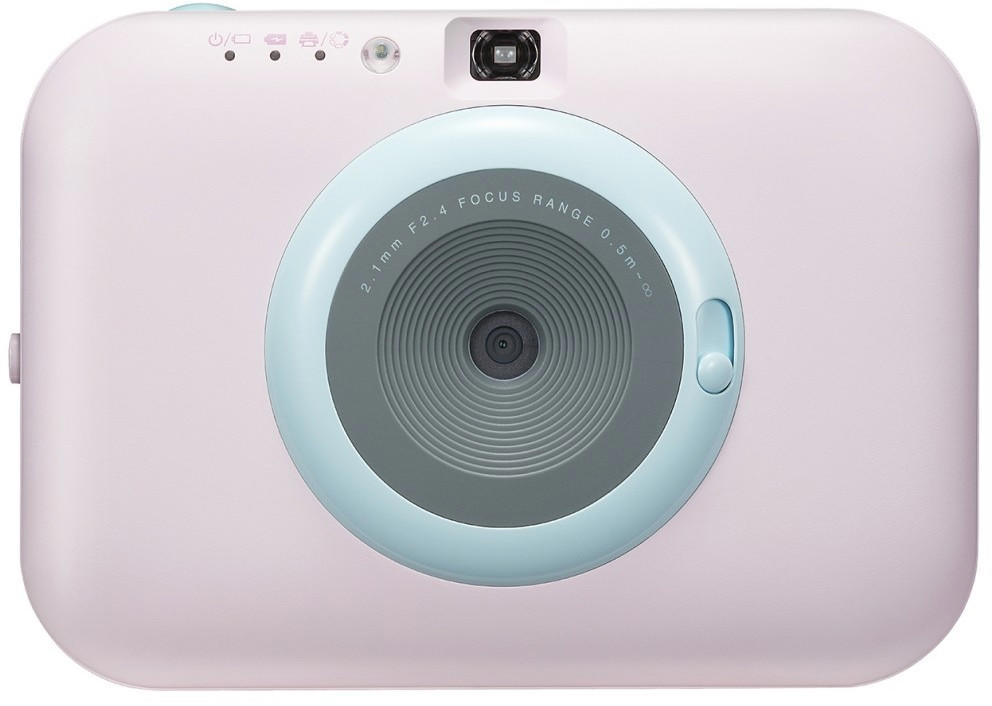


While choosing a digital camera, it's crucial to consider the type of viewfinder that best suits your shooting needs and preferences. Optical viewfinders provide a purer, direct viewing experience, while electronic and hybrid viewfinders offer additional information and settings at your fingertips. Explore the specifications and characteristics of cameras like the Canon EOS 90D, Sony Alpha a7 III, and Fujifilm X100V to determine the right viewfinder technology for your digital camera.


LCD screen size
The LCD screen is where you can preview and review your photos, so having a sizable and high-quality display is essential. Some cameras offer larger LCD screens, such as the Canon PowerShot G7 X Mark II with a 3.0-inch tilt-type touchscreen and the Sony Cyber-shot RX100 VII with a 3.0-inch flip-up touchscreen. These cameras allow for convenient framing and reviewing of shots with detailed clarity. On the other hand, there are compact cameras like the Sony Cyber-shot DSC-RX100 with a 2.95-inch LCD screen, ideal for those seeking portability and simplicity. Overall, the LCD screen size should align with your shooting preferences and needs.
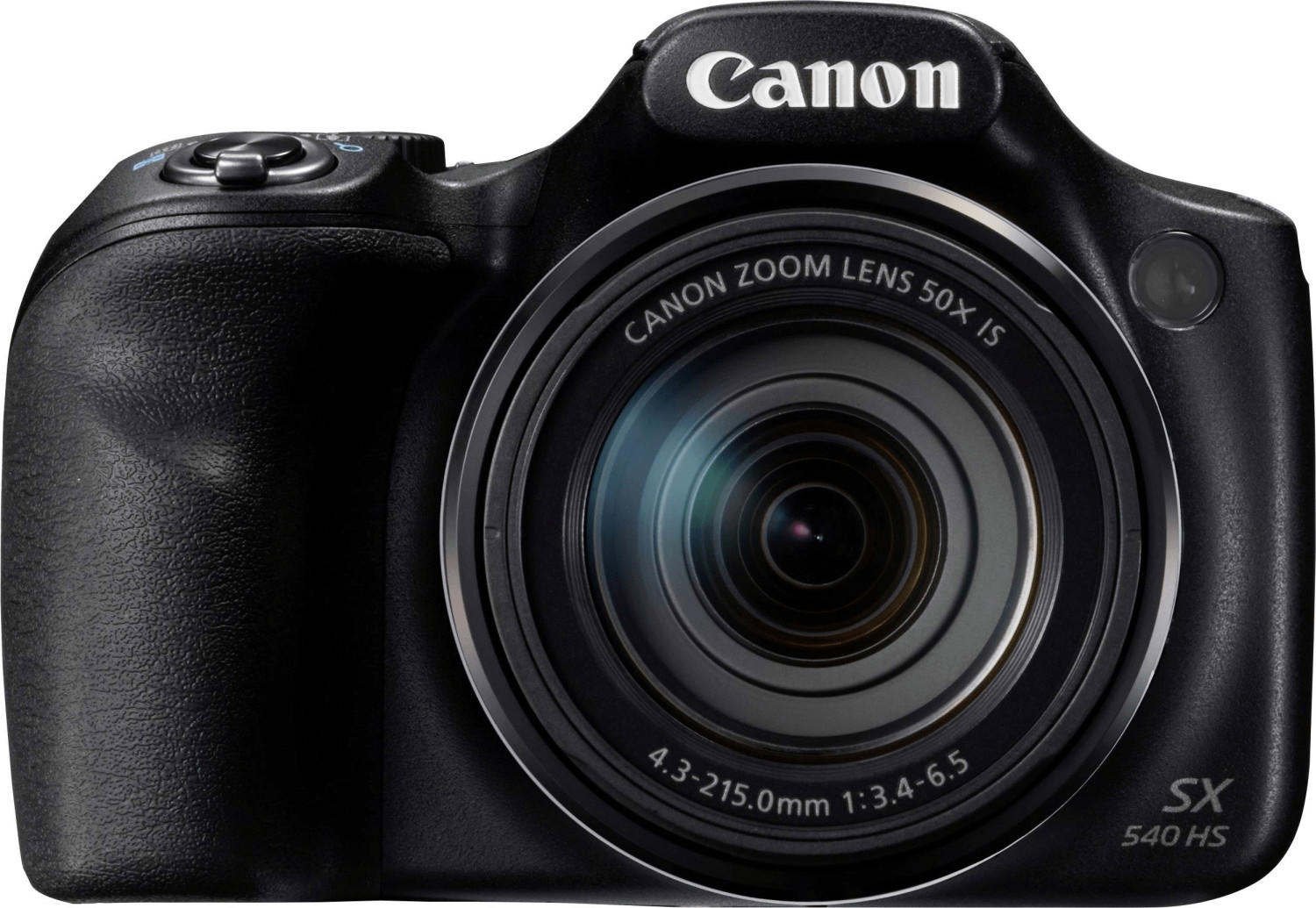



Touchscreen functionality
Having a touchscreen can greatly enhance the user experience, allowing for quick and easy navigation of menus, settings, and options. Moreover, touchscreen functionality often includes features like touch-to-focus, making it simpler to capture stunning shots. A great example of a camera that offers excellent touchscreen functionality is the Canon EOS M50 Mark II. This camera features a 3-inch vari-angle touchscreen that allows for intuitive control. With its responsive interface, users can easily access various shooting modes, apply filters, and even touch to focus on their desired subjects. Additionally, the Sony Alpha a6600 is another impressive camera that boasts a 3-inch tilting touchscreen. This camera's touchscreen functionality enables users to effortlessly navigate through menus, make quick adjustments, and even capture photos with its touch shutter feature.
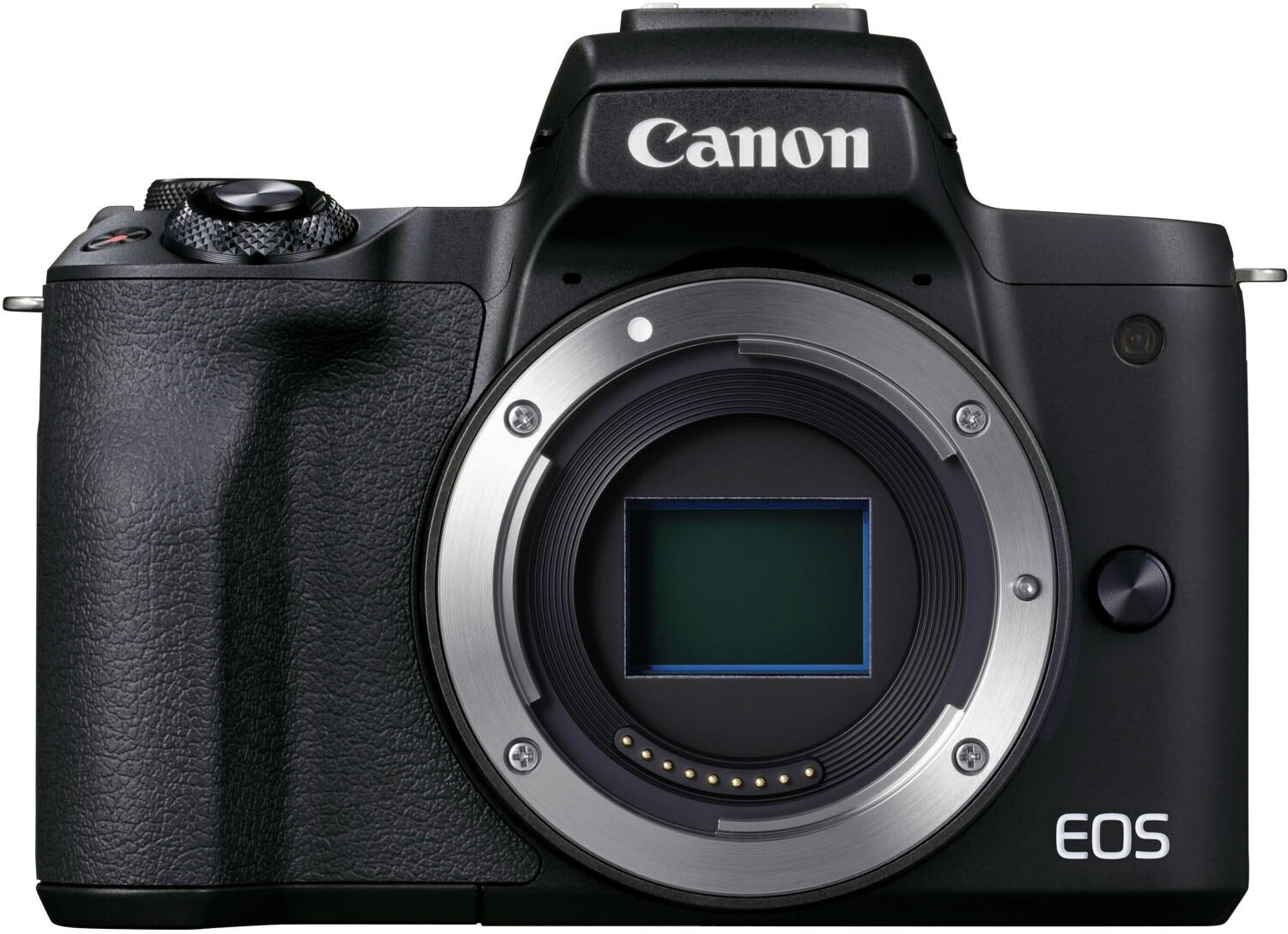
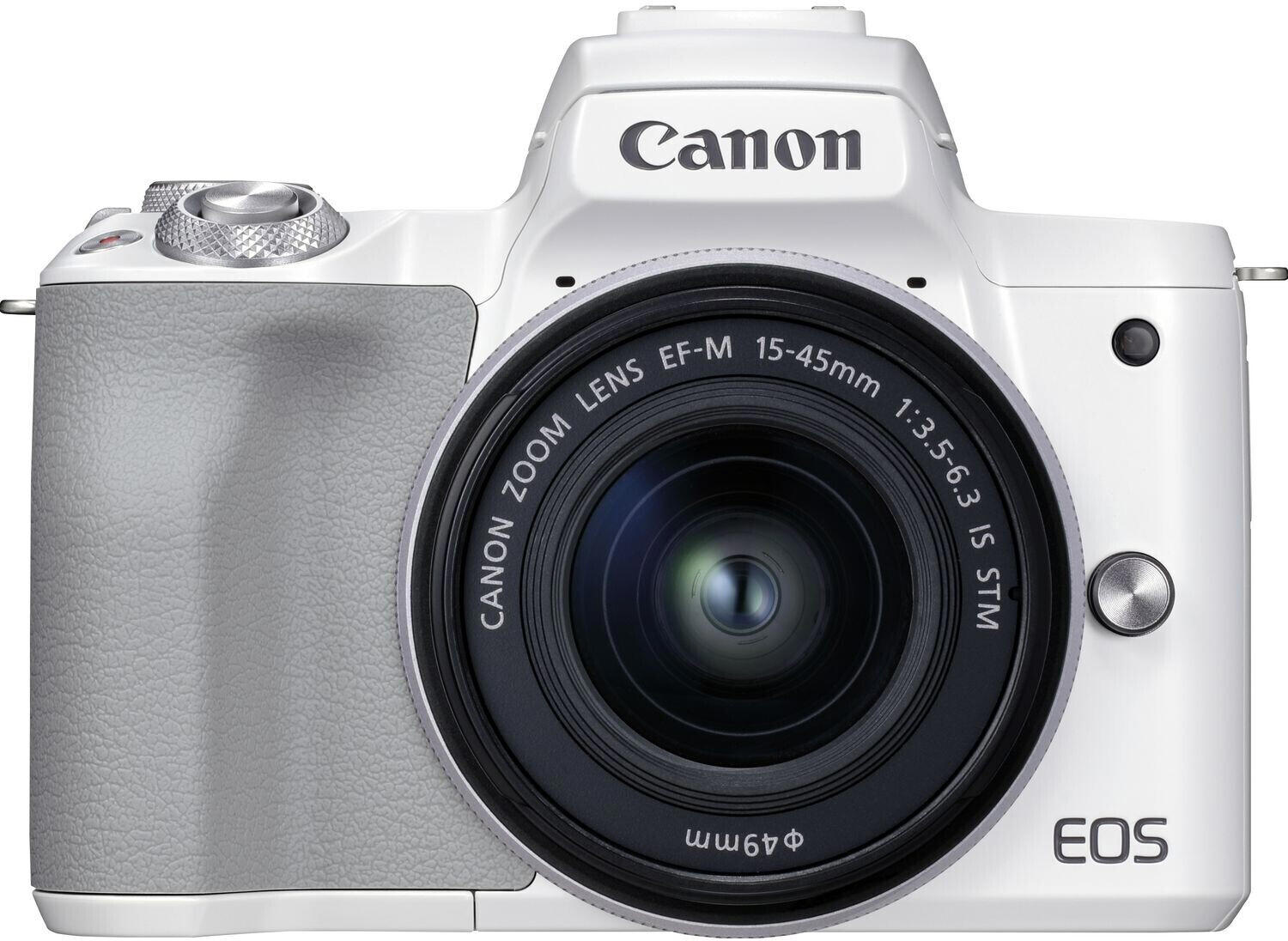
Battery life
It determines how long you can shoot without needing to recharge or replace batteries. For professional photographers or travellers who might be shooting for extended periods of time without access to power sources, a camera with extended battery life is crucial. Some top options in this category include the Sony Alpha a6000, which offers an impressive battery life of approximately 360 shots per charge. Another stellar choice is the Nikon D850, which boasts an even greater battery life of around 1,840 shots per charge. These cameras utilize advanced technologies to optimize power consumption, allowing users to capture more without interruptions.
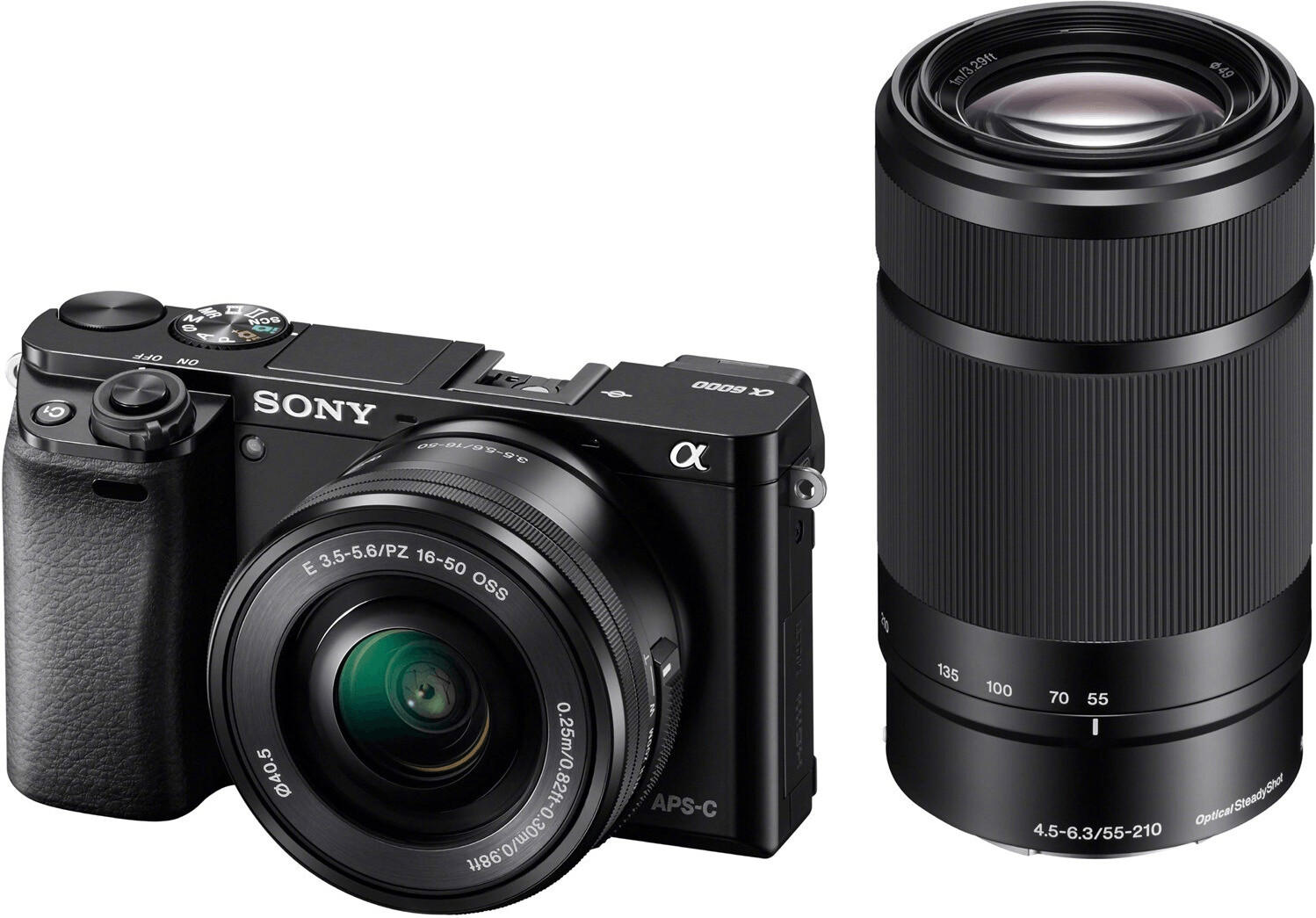


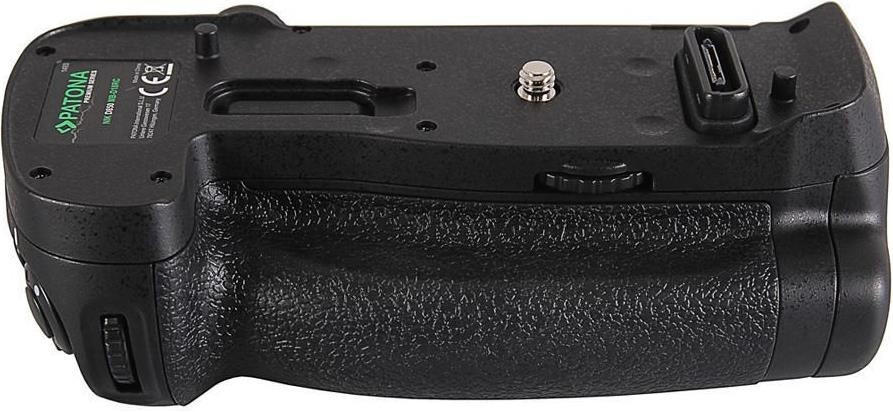
File format options
Different cameras offer a variety of file formats for capturing and storing images. The most common file formats are JPEG and RAW. JPEG is widely supported and provides compressed images, which is ideal for quick sharing and uploading. It reduces file size but sacrifices some image quality. On the other hand, RAW files are uncompressed and contain all the data captured by the camera's sensor, allowing for greater flexibility in post-processing. The Canon EOS 5D Mark IV and Nikon D850 are excellent options that support both JPEG and RAW formats, giving photographers the choice based on their desired outcome.
Some cameras also offer additional formats such as TIFF and HEIF. TIFF files are lossless and provide higher image quality, but they result in large file sizes. The ability to capture images in HEIF (High-Efficiency Image Format) is becoming more common in newer camera models. HEIF files offer better compression than JPEG while retaining a high level of image quality, leading to smaller file sizes. The Sony Alpha a7 III and Fujifilm X-T3 are excellent mirrorless cameras that support both TIFF and HEIF formats for photographers looking for enhanced image quality and smaller file sizes.



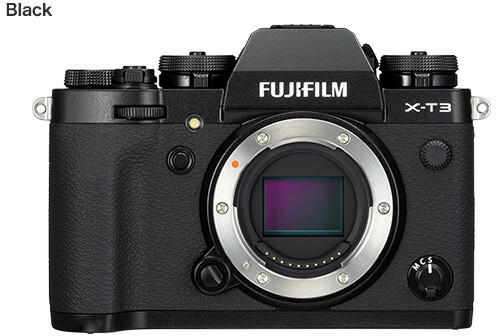
Having a range of file format options allows photographers to optimize their workflow and achieve the desired results with their digital camera.
Wireless connectivity options
It enables easy and convenient transfer of photos and videos to other devices. While some cameras support built-in Wi-Fi, others offer Bluetooth connectivity. The Sony Alpha a6400 is an excellent choice with its built-in Wi-Fi and NFC (Near Field Communication) capabilities, allowing seamless transferring of images to smartphones or tablets. Another option is the Canon PowerShot G5 X Mark II, offering both Wi-Fi and Bluetooth for effortless image transfer. For those who want advanced wireless connectivity options, the Nikon D850 has built-in Wi-Fi and Wi-Fi tethering, enabling users to remotely control the camera and transfer images instantly.

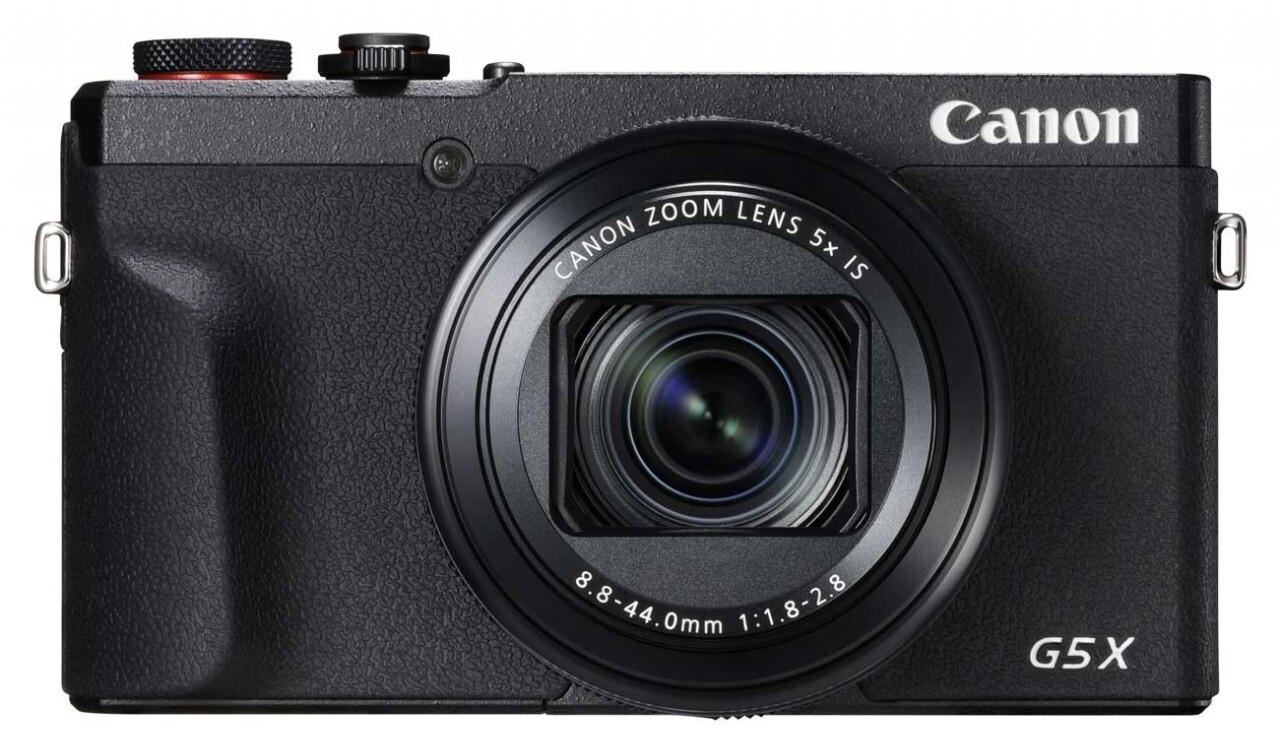

GPS capabilities
With built-in GPS, your camera can automatically tag each photo with the location where it was taken, making it easy to organize and search for images based on specific places. One highly recommended camera with GPS capabilities is the Canon PowerShot SX740 HS. With a 20.3-megapixel CMOS sensor and 40x optical zoom, this camera offers excellent image quality and detailed shots. Another great option is the Nikon COOLPIX W300. This rugged compact camera is not only waterproof but also features built-in GPS, altimeter, and compass for photographers who enjoy adventurous or outdoor photography. This allows the camera to capture geographical data alongside your images, enhancing the overall experience and functionality of your digital camera.


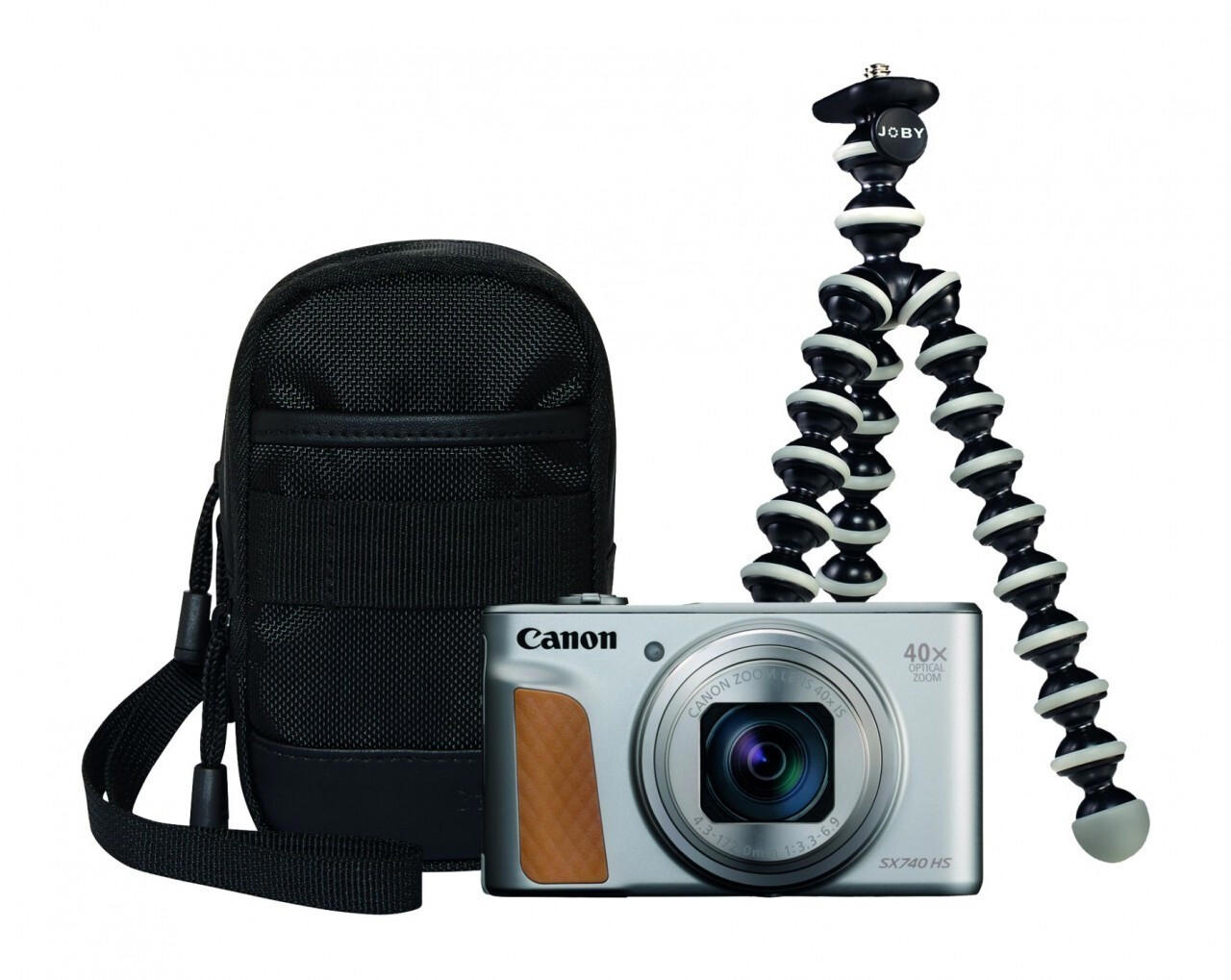
Wi-Fi capabilities
With the rising popularity of instant sharing on social media platforms, having a camera that can connect to Wi-Fi allows for instant uploading and sharing of photos. Several cameras on the market offer this feature, including the Sony Alpha a6400, which features built-in Wi-Fi and NFC for easy connection to smartphones and other devices. Another option is the Canon PowerShot G7 X Mark II, which not only has Wi-Fi capability but also allows for remote control and wireless printing from a compatible smartphone. For those who prefer a professional-grade camera, the Nikon D750 offers Wi-Fi connectivity as well as the ability to transfer images wirelessly to a computer or FTP server.


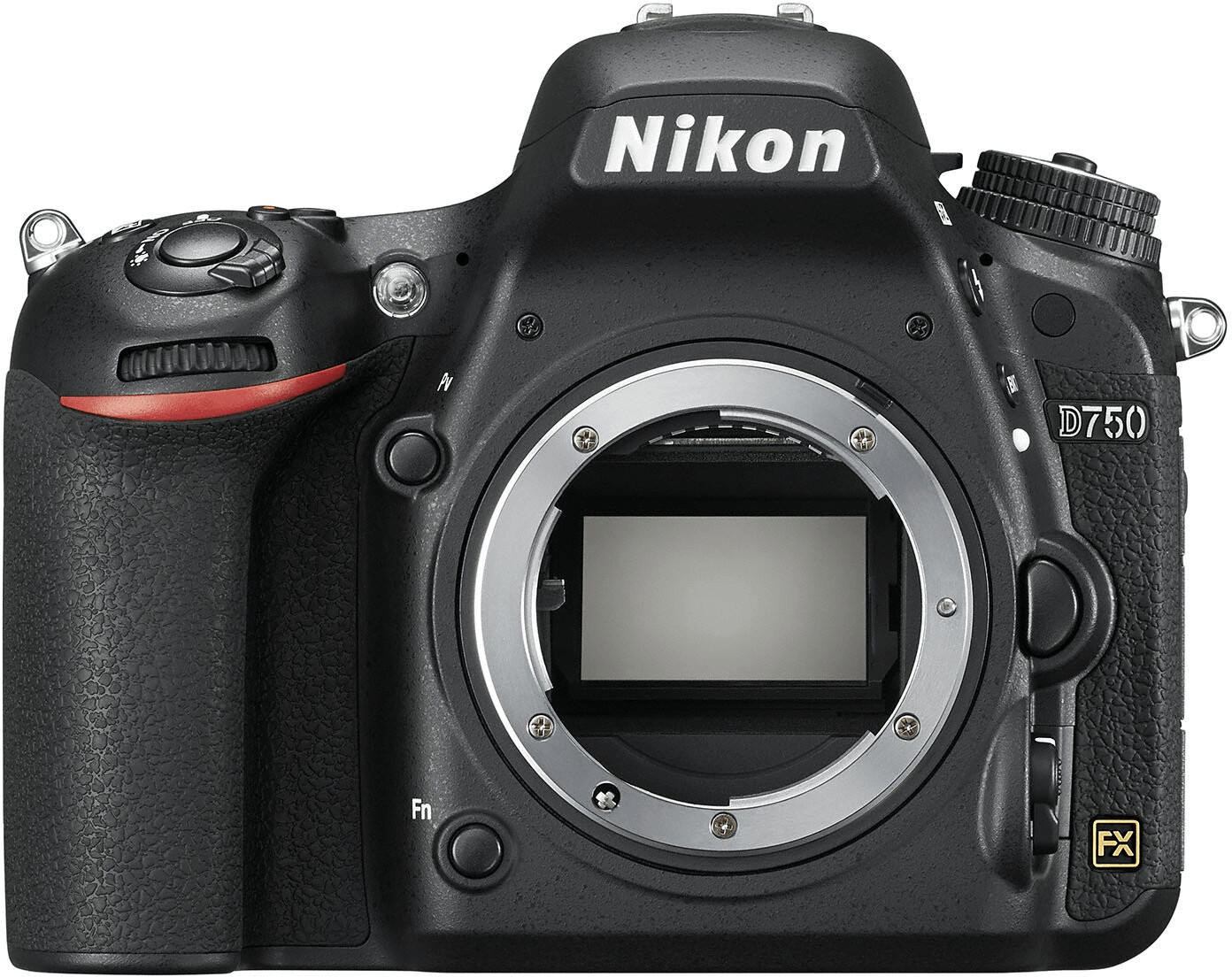
Bluetooth capabilities
Bluetooth allows for wireless photo and video transfers, making it convenient to transfer media directly from the camera to your smartphone or tablet. This feature comes in handy when you want to quickly share your photos on social media or easily transfer your files for editing.
Some notable digital camera models with Bluetooth capabilities include the Sony Cyber-shot DSC-RX100 VII, which boasts a compact design, a 20.1-megapixel sensor, and 4K video recording. Another great option is the Canon EOS M50 Mark II, offering a 24.1-megapixel sensor, a flip-out touchscreen, and compatibility with Canon's wide range of lenses. Lastly, the Nikon Coolpix B600 is an excellent choice for those interested in a more versatile camera with a 60x optical zoom, 16-megapixel sensor, and built-in Wi-Fi, allowing you to wirelessly transfer your photos using the SnapBridge app.


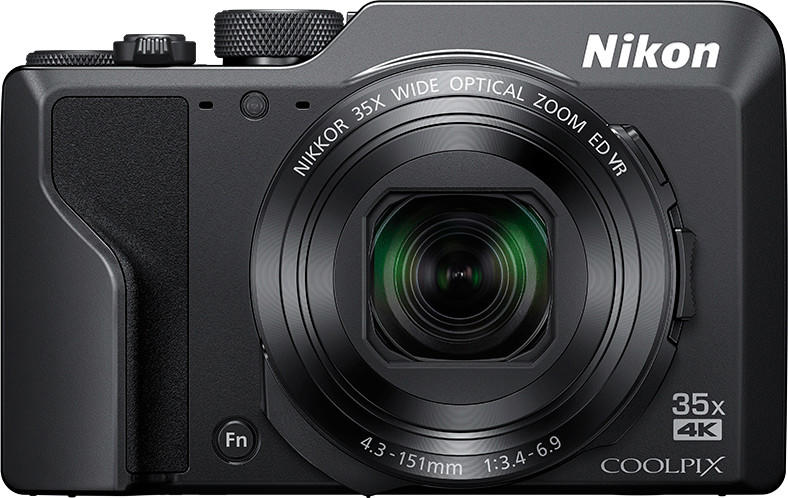
When choosing a digital camera, considering Bluetooth capabilities can greatly enhance your convenience and improve your media sharing experience.
Smartphone integration
Many people prefer a camera that seamlessly integrates with their smartphones to easily share and transfer photos. With the advancement in technology, some digital cameras offer enhanced connectivity options for smartphones. For instance, the Canon EOS M50 Mark II is a mirrorless camera that is equipped with built-in Wi-Fi and Bluetooth to connect seamlessly to a smartphone. The camera also features automatic image transfer, enabling users to upload images to their phone effortlessly.
Another example is the Sony Cyber-shot DSC-RX100 VII, a compact digital camera that offers remarkable smartphone integration capabilities. It comes with NFC (Near Field Communication) and Wi-Fi connectivity, allowing users to easily connect and transfer their photos to their smartphones. Furthermore, the camera supports smartphone remote control, enabling users to control the camera settings through their phone.




With these options mentioned, it is evident that several digital cameras on the market prioritize smartphone integration. These cameras offer seamless connectivity and convenient features, making it easier for users to transfer and share their photos with their smartphones.
Storage options
Currently, the majority of digital cameras support SD (Secure Digital) cards as the primary method of storage. Some popular models that offer excellent storage options include the Nikon D7500, which has dual SD card slots, allowing for immediate backup and easy organization of photos and videos. Another great option is the Sony Cybershot DSC-RX100 VII, which supports both SD and Memory Stick cards, providing users with versatile storage options and easy transfer of media files. Lastly, for those seeking a high-performance camera, the Canon EOS R is equipped with a single SD card slot but supports the ultra-fast UHS-II SD cards, allowing for rapid data transfer and storage of large files without slowing down the shooting experience.
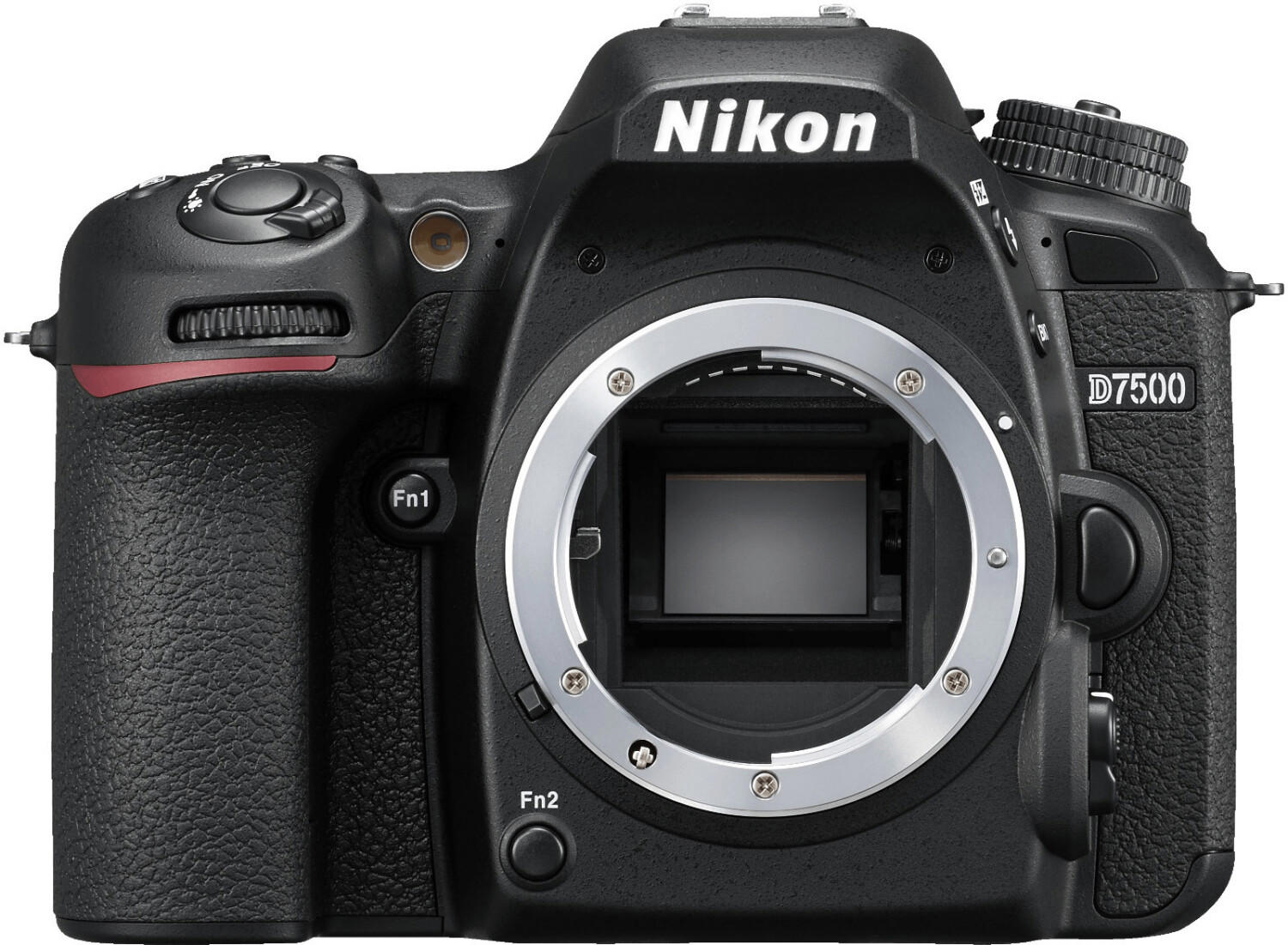
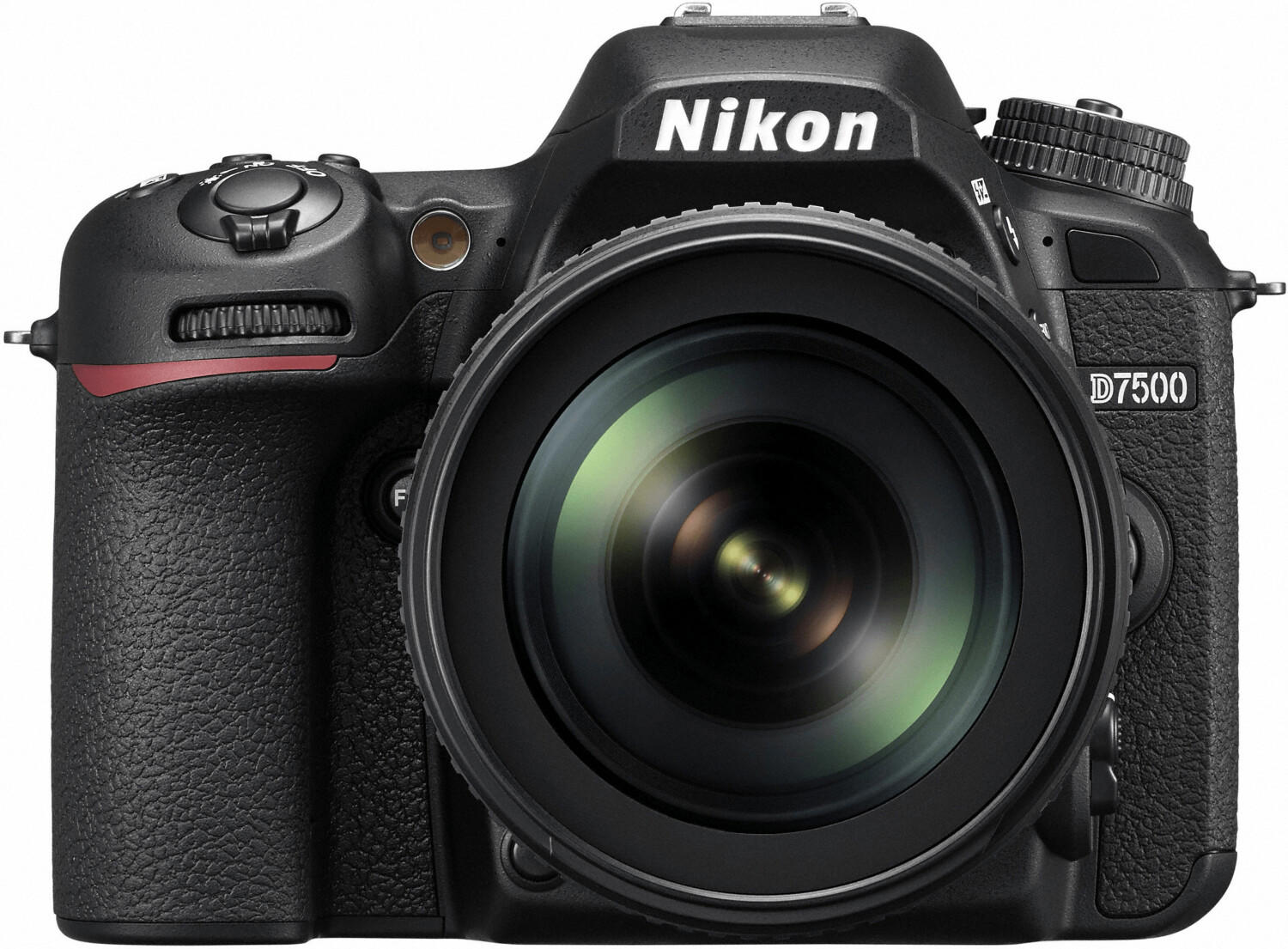


Memory card compatibility
Memory cards are where your photos and videos are stored, and the type of memory card that your camera supports will affect the overall performance and convenience of your photography experience. Some popular types of memory cards are Secure Digital (SD), microSD, CompactFlash (CF), and XQD. It's important to note that not all cameras support every type of memory card, so it's crucial to check the specifications of the camera before making a purchase. For example, if you're looking for a compact camera, the Sony Cyber-shot DSC-RX100 VII is an excellent choice as it supports both SD and microSD cards. On the other hand, if you're interested in professional-level DSLRs, consider the Canon EOS 5D Mark IV which supports both SD and CF cards, allowing for a wide range of memory card options.



Size and weight
Size and weight:
When considering a digital camera, size and weight can play a critical role in determining its portability and convenience. Compact digital cameras come in slim and lightweight designs, fitting easily into your pocket or bag, making them perfect for travelers or individuals on the go. For instance, the Canon PowerShot ELPH 180 weighs just 4.5 ounces with dimensions of 3.8 x 2.2 x 0.9 inches, making it incredibly light and compact. On the other hand, if you're looking for a larger camera with more advanced features, mirrorless cameras offer a balance between size and functionality. The Sony Alpha A6000 is a popular option, weighing in at just 12.1 ounces with dimensions of 4.7 x 2.6 x 1.8 inches, providing decent portability while still offering quality performance. Some larger DSLRs, like the Nikon D850, are known for their robust build quality and professional capabilities but can be bulkier, weighing around 2.2 pounds (46.8 ounces) with dimensions of 5.8 x 4.9 x 3.1 inches.


Durability and weatherproofing
Look for cameras that are built with strong and rugged materials as well as those that offer weather sealing or waterproofing. For instance, the Nikon D850 is a robust and durable full-frame DSLR camera that features a weather-sealed magnesium alloy body, protecting it from dust and moisture. Another option is the Sony Alpha a7R IV, a mirrorless camera that is designed with a weather-sealed construction and boasts an impressive weather resistance rating. If you are looking for a more compact camera, the Olympus Tough TG-6 is a great choice as it is specifically built to withstand various conditions. It is shockproof, freezeproof, crushproof, and waterproof up to 50 feet. Choose a camera that offers durability and weatherproofing to ensure its longevity and performance in challenging environments.


Image quality and sharpness
The image quality refers to the level of detail, colors, and overall clarity that the camera can capture. Sharpness, on the other hand, refers to how well-defined and crisp the edges of objects in the image appear. Both aspects play a significant role in determining the overall appeal of your photographs.
If you are looking for a compact camera that excels in image quality and sharpness, the Sony RX100 VII is a great option. This premium compact camera features a 1-inch stacked CMOS sensor, which enables it to capture detailed and vibrant images even in low-light conditions. Its BIONZ X image processing engine works hand in hand with the sensor to maintain superb sharpness throughout the photo.


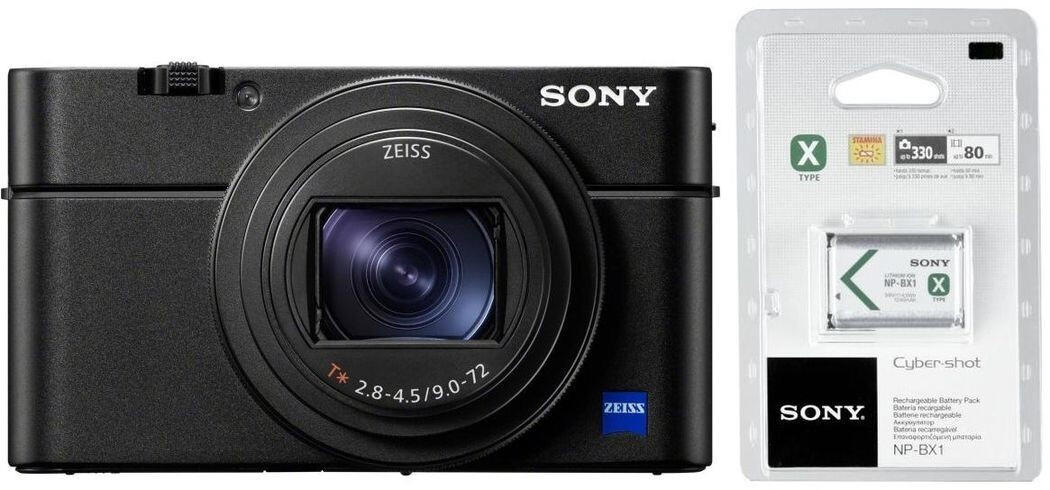
For those interested in mirrorless cameras, the Fujifilm X-T4 is worth considering. It showcases the X-Trans CMOS 4 sensor, which utilizes a unique color filter array to eliminate the need for an optical low-pass filter. This results in exceptional image quality and sharpness, enhancing the overall visual experience of your images. The camera also boasts in-body image stabilization (IBIS) technology, ensuring even greater sharpness by combating camera shake.

Low light performance
This feature allows you to capture high-quality images in dimly lit environments without compromising on image quality. Look for cameras with larger image sensors, as they tend to perform better in low light conditions. The Sony Alpha a7S III is an excellent choice with its full-frame 35mm BSI CMOS sensor, offering exceptional low light capabilities. Another option is the Nikon D850, known for its back-illuminated CMOS sensor that provides excellent low light performance with reduced noise levels. For those interested in a more affordable option, the Canon EOS Rebel SL3 boasts an APS-C CMOS sensor, which delivers impressive low light performance.
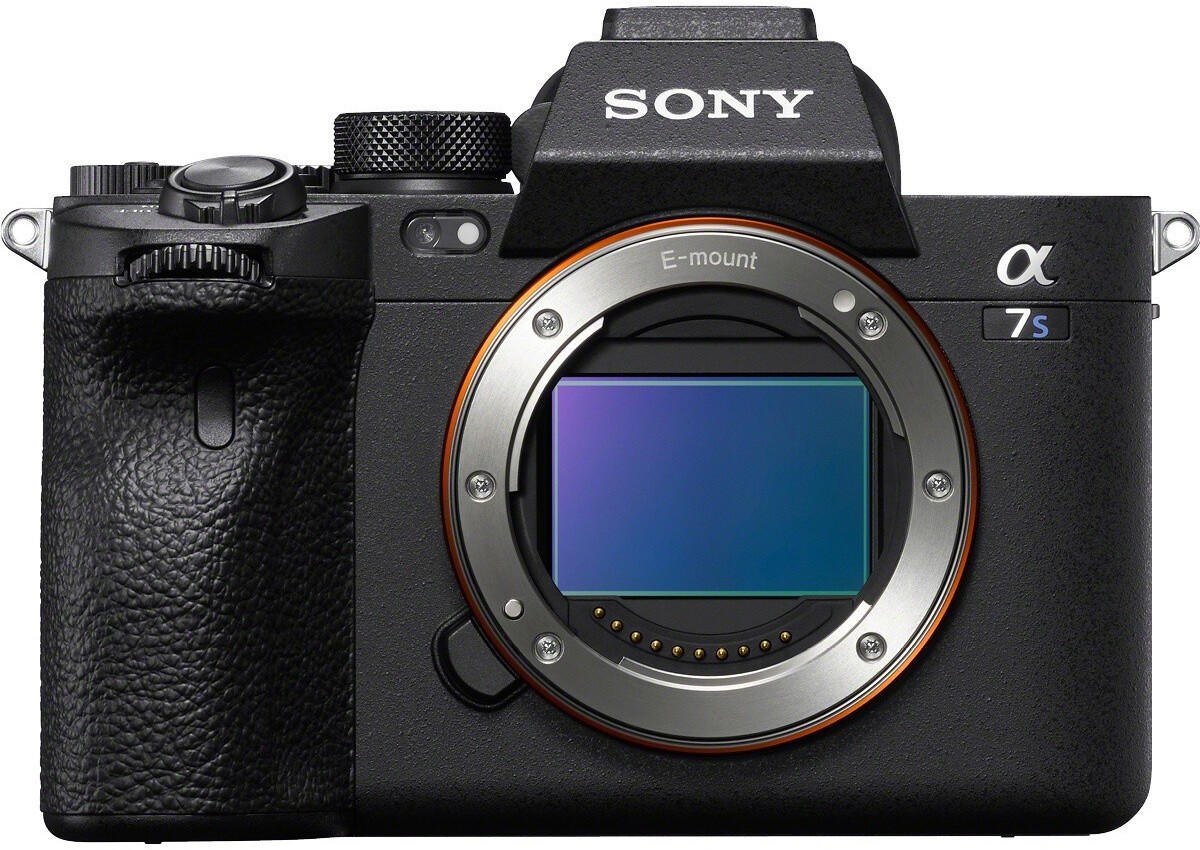

Dynamic range
Dynamic range refers to the range of tones the camera can capture, from the darkest shadows to the brightest highlights. A wider dynamic range allows for greater detail and more accurate representation of the scene. There are various cameras available in the market with impressive dynamic range capabilities. For example, the Sony A7R IV boasts an exceptional dynamic range of 15 stops, making it an excellent choice for landscape and architecture photography. Similarly, the Nikon Z6 II offers a dynamic range of 14.7 stops, making it a suitable option for capturing scenes with high contrast. For those on a budget, the Fujifilm X-T30 provides a dynamic range of 12 stops, while still delivering excellent image quality. Whether you're a professional or an enthusiast, evaluating the dynamic range of a digital camera is crucial in ensuring the best photo results.
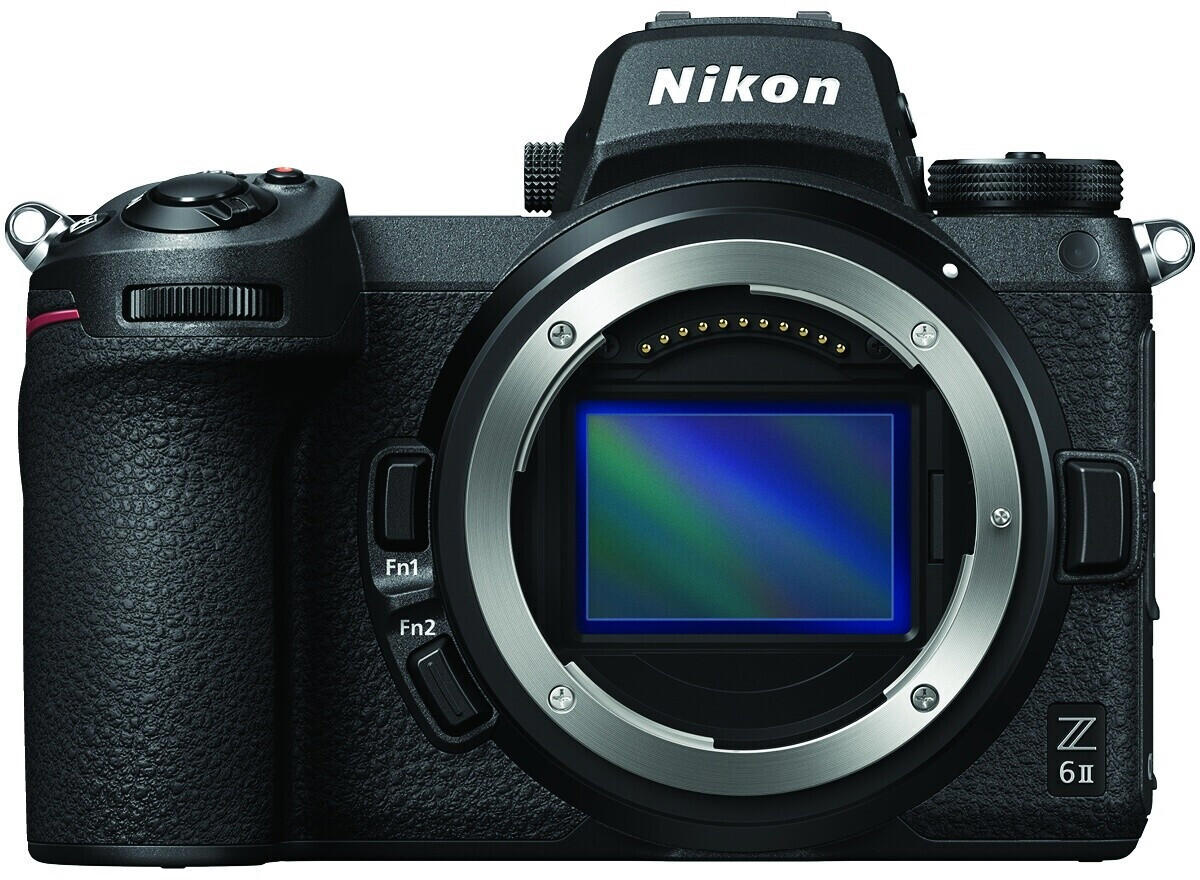

White balance accuracy
White balance is the process of removing unrealistic color casts and ensuring that white objects appear truly white in photos. Look for cameras that offer advanced white balance settings or automatic white balance features that perform well in various lighting conditions. Cameras like the Sony A7 III and Canon EOS R6 are known for their exceptional white balance accuracy, ensuring that your images accurately depict the colors in real life. These cameras offer customizable white balance options and advanced automatic white balance that consistently produce accurate color reproduction. Additionally, the Nikon Z6 II boasts a 14-bit color depth processor, resulting in precise white balance adjustment and stunning color accuracy. By investing in a camera with excellent white balance accuracy, you can ensure that your photographs capture true-to-life colors.
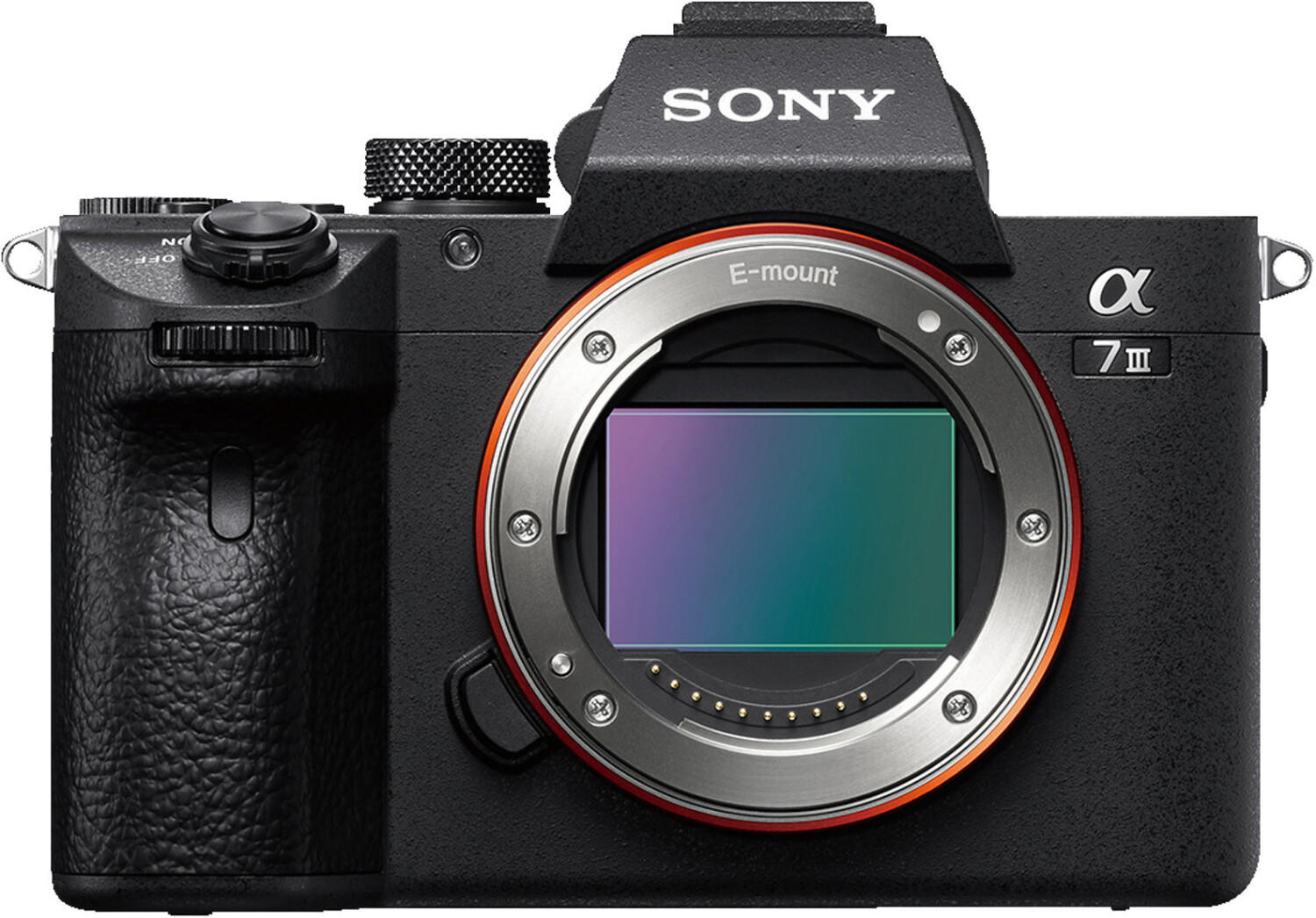
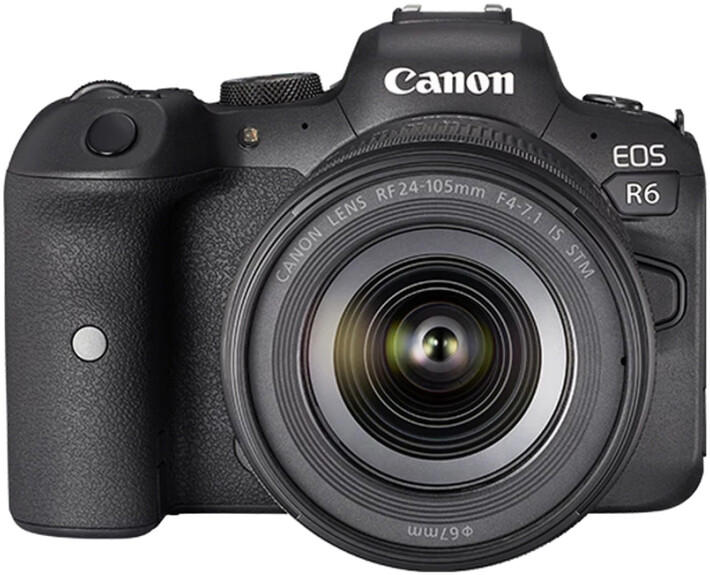

Menu system and user interface
When deciding on the best digital camera, it is crucial to consider the menu system and user interface. A user-friendly menu system allows for ease of navigation, adjustment of settings, and access to various features. One example of a camera with an intuitive and well-designed menu system is the Sony Alpha a6000. It boasts a customizable interface with a user-friendly menu layout, making it easy for users to access settings and features. Additionally, the camera offers a combination of a robust control dial and function buttons that ensure quick and convenient operation.
In terms of options on the market, digital cameras can be grouped into two main categories: compact point-and-shoot cameras and interchangeable lens cameras. For compact options, the Canon PowerShot G7 X Mark III is an excellent choice with its touch-friendly LCD screen interface and straightforward menu system. On the other hand, if you prefer an interchangeable lens camera, the Nikon D5600 is worth considering. Its easy-to-navigate menu system supplemented by a touch interface allows for effortless control and adjustment of settings, even for beginners.



Ease of use and ergonomics
A camera that is intuitive and comfortable to handle will enhance your photography experience. Many manufacturers prioritize user-friendly designs and incorporate features such as touchscreens and easy-to-access control buttons to simplify operation. For novice photographers, point-and-shoot cameras like the Canon PowerShot G7 X Mark III or Sony RX100 VII are great options that offer automatic settings and simple interfaces. These compact cameras also feature flip LCD screens, ideal for capturing selfies or vlogs.
For more advanced photographers, DSLR cameras like the Nikon D850 or Canon EOS 90D provide excellent ergonomic grips and customizable controls, allowing for a seamless shooting experience. Mirrorless cameras like the Sony A7 III or Fujifilm X-T4 are lightweight alternatives that offer similar control and handling with the added advantage of electronic viewfinders. With their comfortable grips and intuitive layouts, these cameras enable effortless shooting and quick access to essential functions.





From entry-level point-and-shoots to high-end professional cameras, the market presents a wide range of options, catering to different user preferences and skill levels.
Pricing and value for money
When it comes to choosing the best and right digital camera, pricing is an important factor to consider. It is essential to find a camera that offers a balance between price and performance, ensuring that you get the best value for your money.
In the entry-level segment, the Canon EOS Rebel T7 is an excellent choice. Priced affordably, this camera boasts a 24.1-megapixel sensor, allowing for detailed and vibrant shots. Furthermore, it offers a full HD video recording capability, perfect for capturing those precious moments in high definition.
Moving up to the mid-range segment, the Sony Alpha a6400 is worth considering. With a higher price tag, it provides advanced features such as a 24.2-megapixel APS-C sensor, 4K video recording, and an impressive autofocus system that ensures crisp and fast-tracking focus in both stills and videos. Its value for money lies in its versatility and performance, making it a great investment for enthusiasts and semi-professionals alike.
For professional photographers, the Nikon D850 stands out with its exceptional image quality and advanced features. Although it comes with a higher price, this full-frame DSLR camera offers a whopping 45.7-megapixel resolution, 4K UHD video recording, a wide ISO range, and a high-speed autofocus system. Its robust build and extensive lens compatibility contribute to its unmatched value, making it a top choice for professionals seeking uncompromising quality.
Remember, evaluating the pricing and value for money aspect will allow you to find the digital camera that perfectly suits your budget without sacrificing essential features and performance.



Price
The market offers a range of options that cater to different budgets and requirements. For those on a tight budget, there are affordable yet reliable options available such as the Canon PowerShot ELPH 180. The PowerShot ELPH 180 comes at a budget-friendly price, offering impressive features like an 8x optical zoom lens, 20-megapixel image sensor, and intelligent image stabilization.
For enthusiasts seeking a step-up in image quality, there are mid-range options like the Sony Alpha a6000. Packed with advanced features, the a6000 boasts a 24.3-megapixel APS-C image sensor, fast autofocus capability with 179 phase-detection points, and high ISO sensitivity for low-light shooting. The a6000 offers excellent value for its price, making it a popular choice among photography enthusiasts looking to upgrade their gear.


In the higher-end market segment, professionals may opt for premium models like the Nikon D850. This top-tier DSLR camera boasts a remarkable 45.7-megapixel back-illuminated full-frame sensor, impressive dynamic range, and fast continuous shooting ability of up to 7 frames per second. It is also equipped with a cutting-edge autofocus system, ensuring exceptional detail capture and overall performance. The price of the D850 may be higher, reflecting its superb capabilities and suitability for professional photography.


Variety of brands
Each brand has its own unique features and characteristics that set them apart from others. For instance, Canon is known for its superior image quality and reliable performance. Its EOS R6 offers a 20.1-megapixel full-frame CMOS sensor, up to 12 fps continuous shooting, and an advanced autofocus system. Nikon, on the other hand, is renowned for its excellent low-light capabilities and wide range of lenses. The Z7 II from Nikon boasts a 45.7-megapixel backside-illuminated CMOS sensor, 4K UHD video recording, and a robust weather-sealed body.
Another brand to consider is Sony, which has gained a strong reputation for its innovative mirrorless cameras. The Alpha a7 III by Sony features a 24.2-megapixel full-frame Exmor R CMOS sensor, 10 fps continuous shooting, and 4K HDR video recording. Panasonic is also worth mentioning for its impressive video performance, particularly in the mirrorless market. The Lumix GH5 from Panasonic offers a 20.3-megapixel sensor, 4K/60p video recording, and in-body image stabilization. While these are just a few examples, exploring the variety of brands available can help identify the perfect digital camera that suits an individual's needs and preferences.

